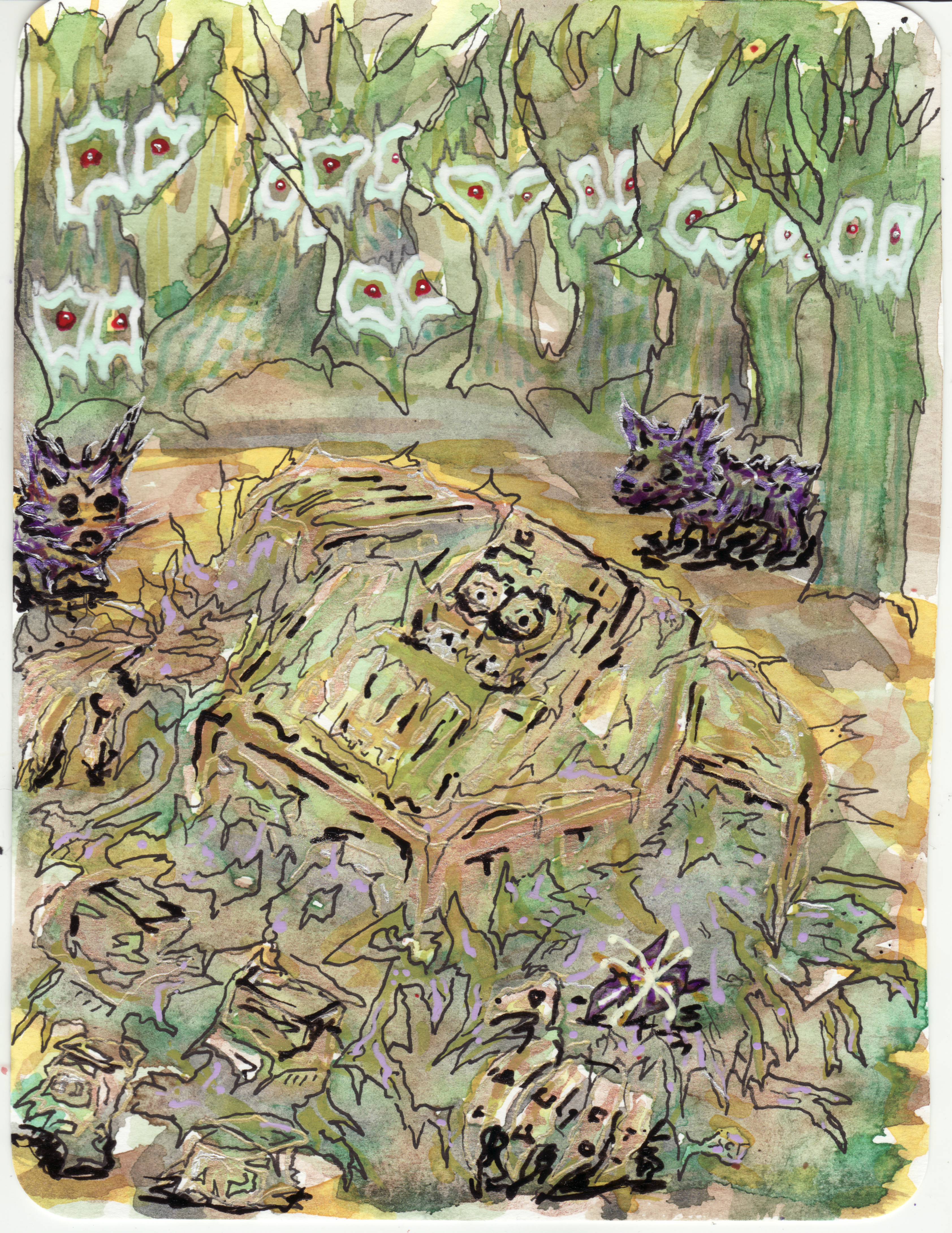Game
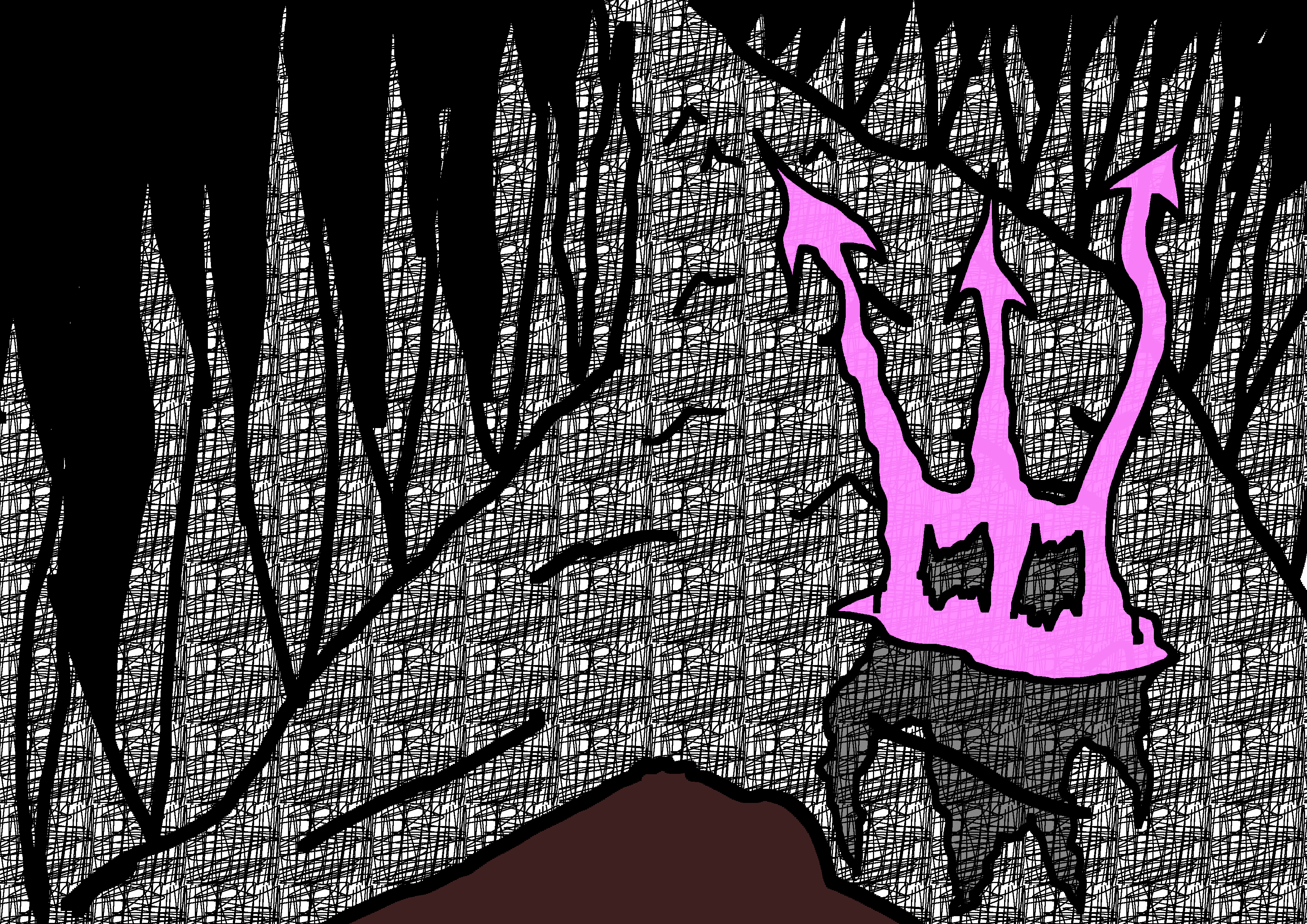
The central element of the artwork is an web based video game. This game involves paddling a canoe through a flooded channels banked by thick reeds. other characters are encountered, and you enter into dialogue with them, learning about the world and taking detours out from it. You learn that this flooded maze is your sleeping state, your encounters with other characters are the triggers for you to be awakended in different times when needed by your family.
Production
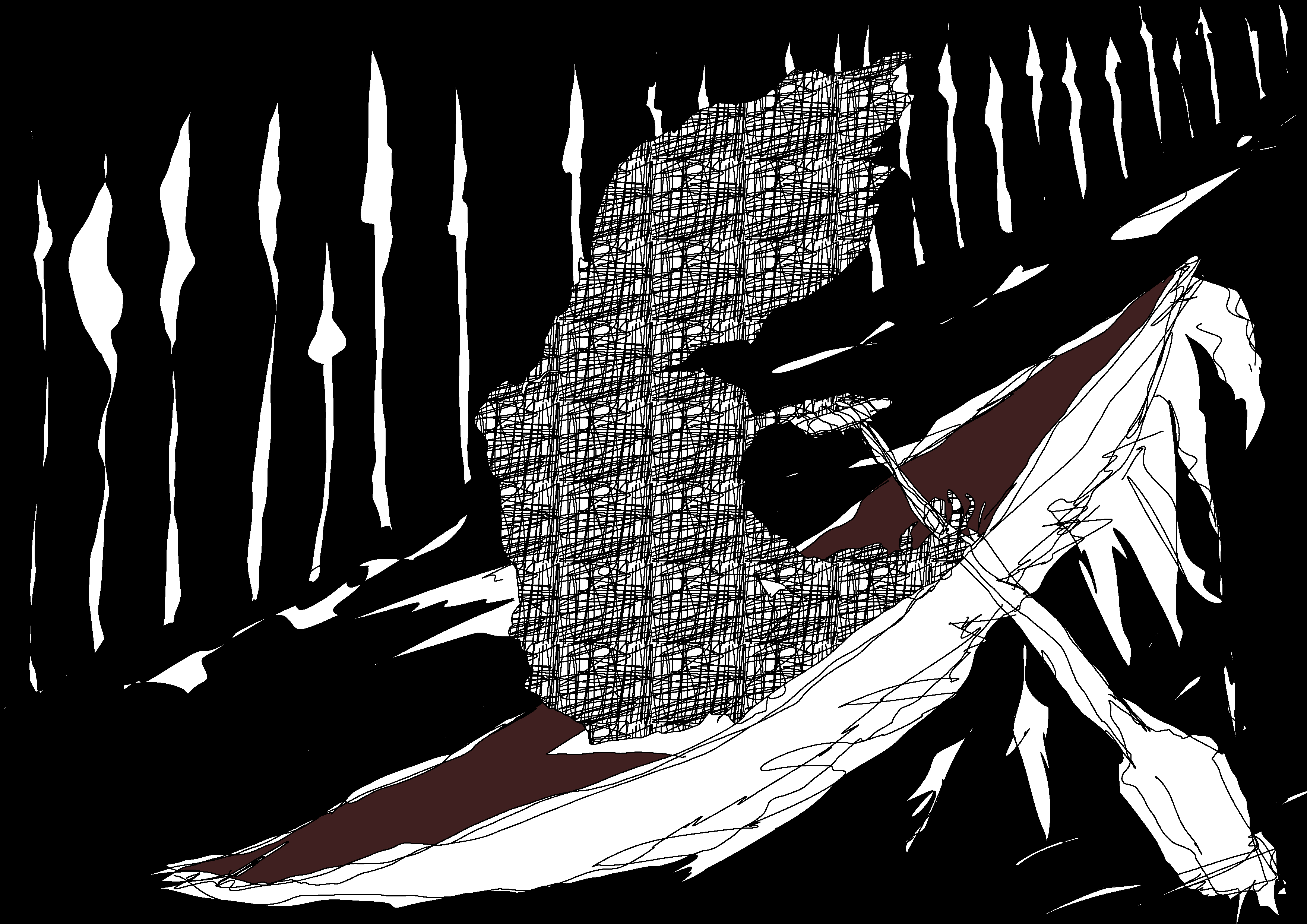
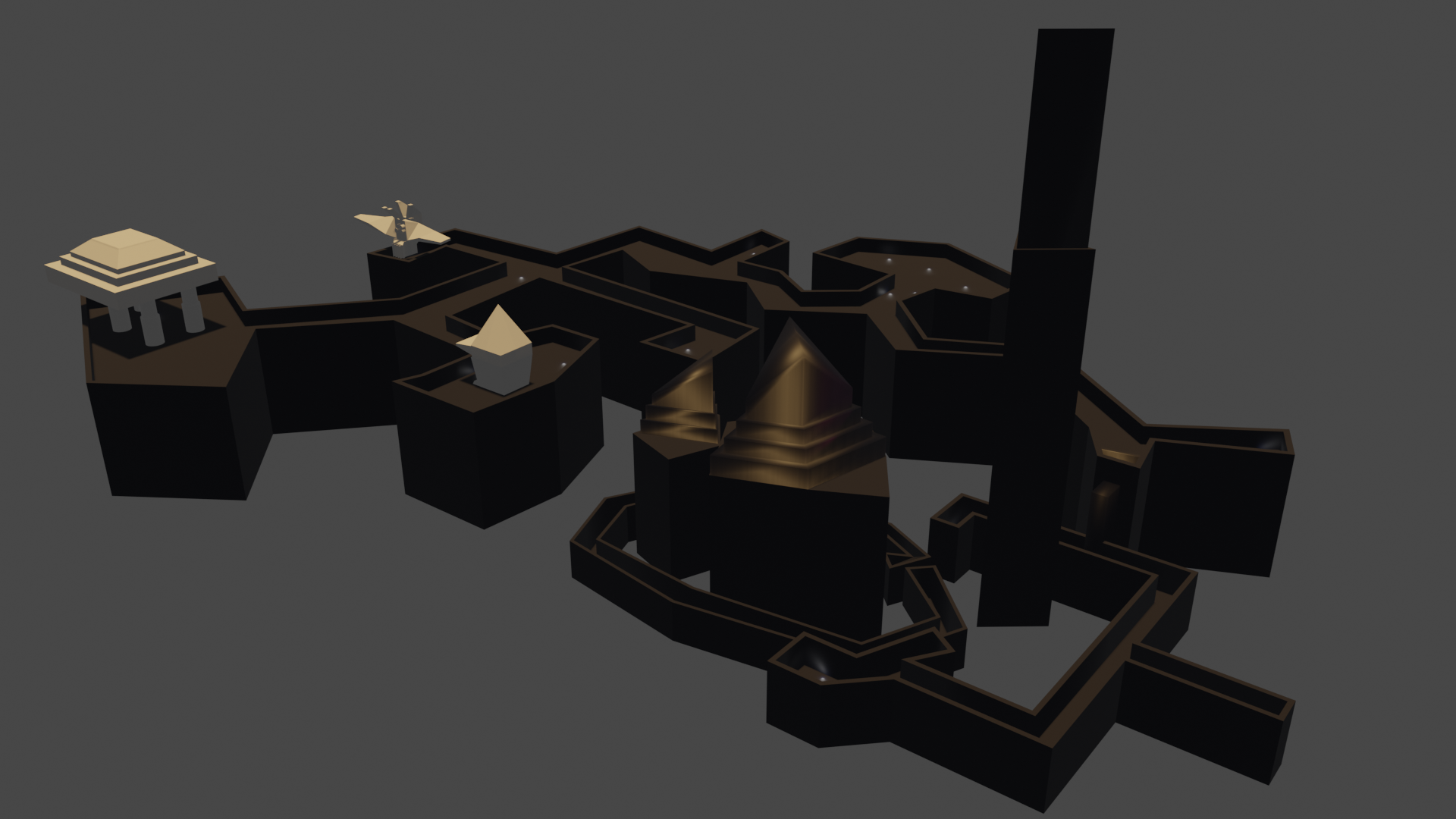
The game is encoded in Unity, allowing with a 3d environemnt to be produced and easily access via browser. Visual styles will change in different contexts, a mixture of flat surfaces taken from drawings, pre-rendered backgrounds devived from photographed/filmed physical models, claymation and filmed characters. Production involves motion capture for the rowing animation (this is done for free at Proto here in Gateahead) and I have partytime.jped (Adam Sinclairs production company) assisting with development. There is an initial project design doc here.
Production 2
.JPG)
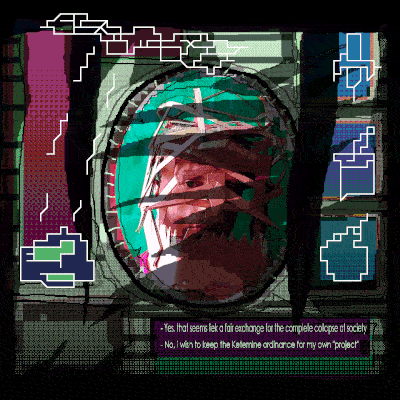
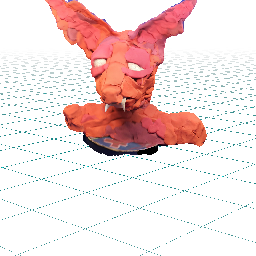
Most encounters with other characters will feature a "talking head" view. The NPC talks directly to you the player, speech and captions. These talking heads will sometimes be simply lipsynced claymation, or 3d models
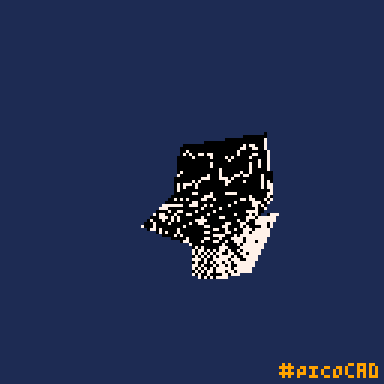
Install 1: Wysing
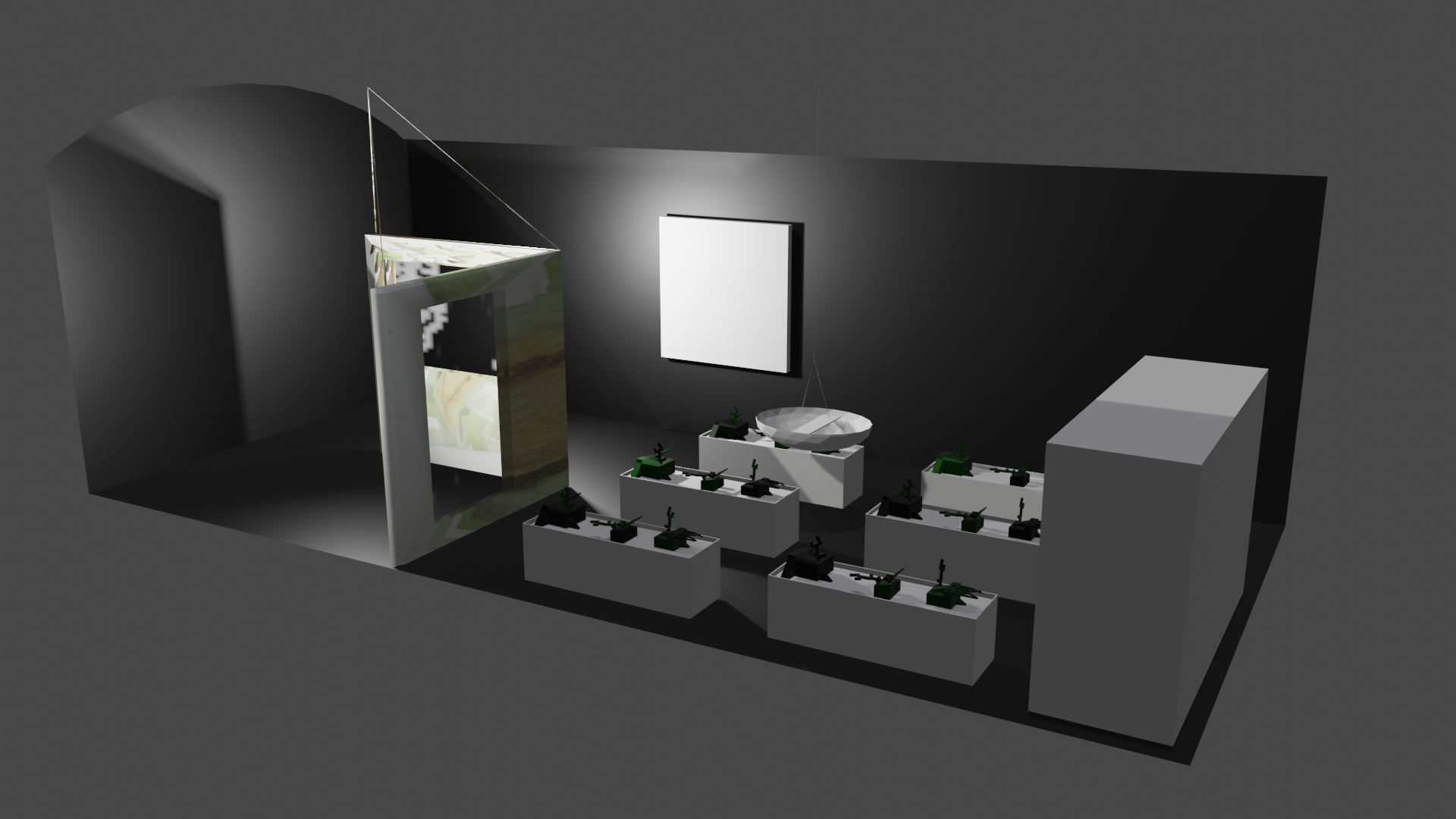
The exhibition at Wysing takes the same source material as the game, and some of the same elements, but tells a different version of the story with them.
Content
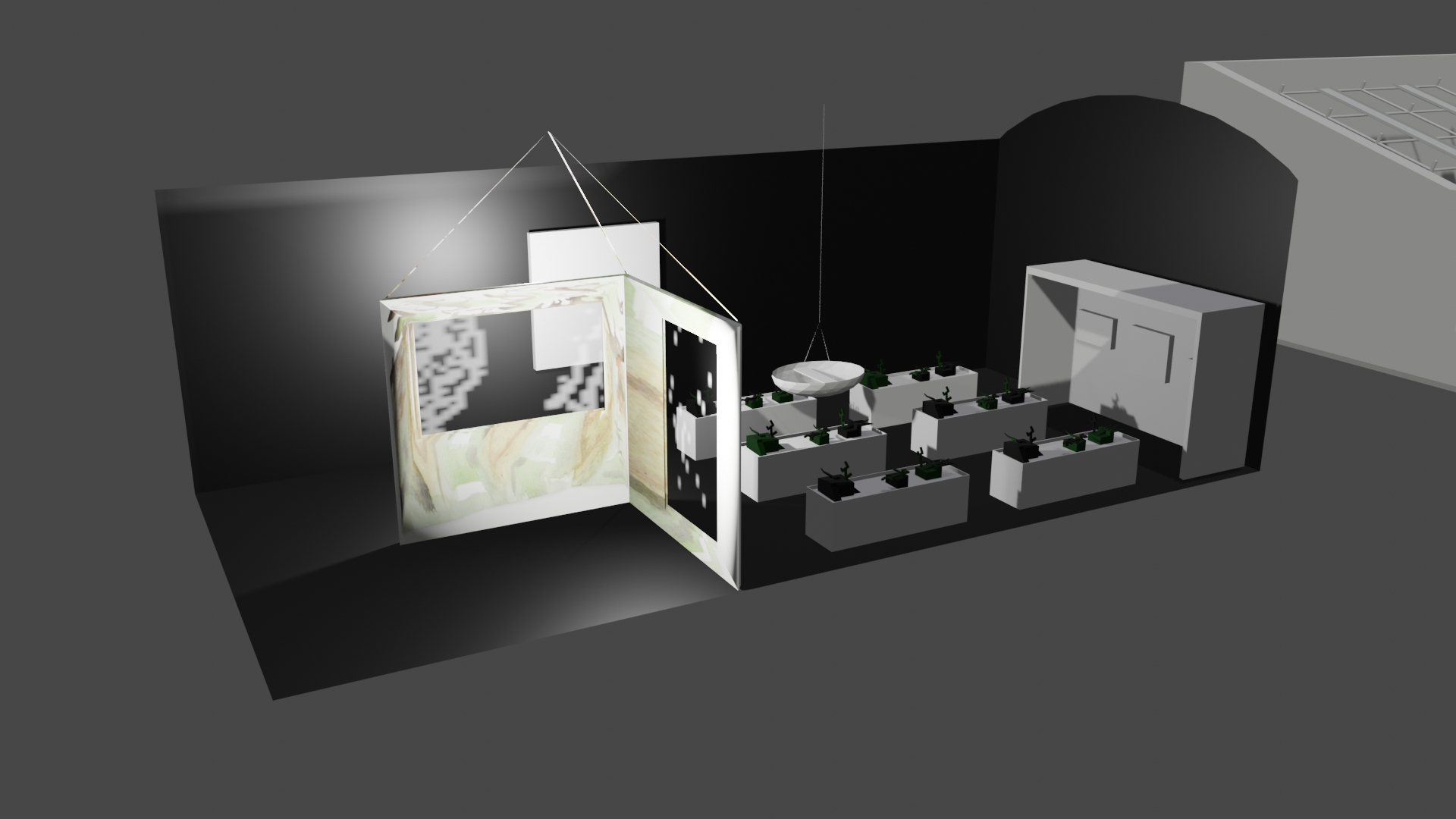
The gallery show is a mix of cast opjects, muslin wraps soaked in agar based bio resin and containing collage images and lino prints, videos projected on pepperscrim (a digital projection fabric that deliveres a hologram effect), some micro games, and framed drawings.
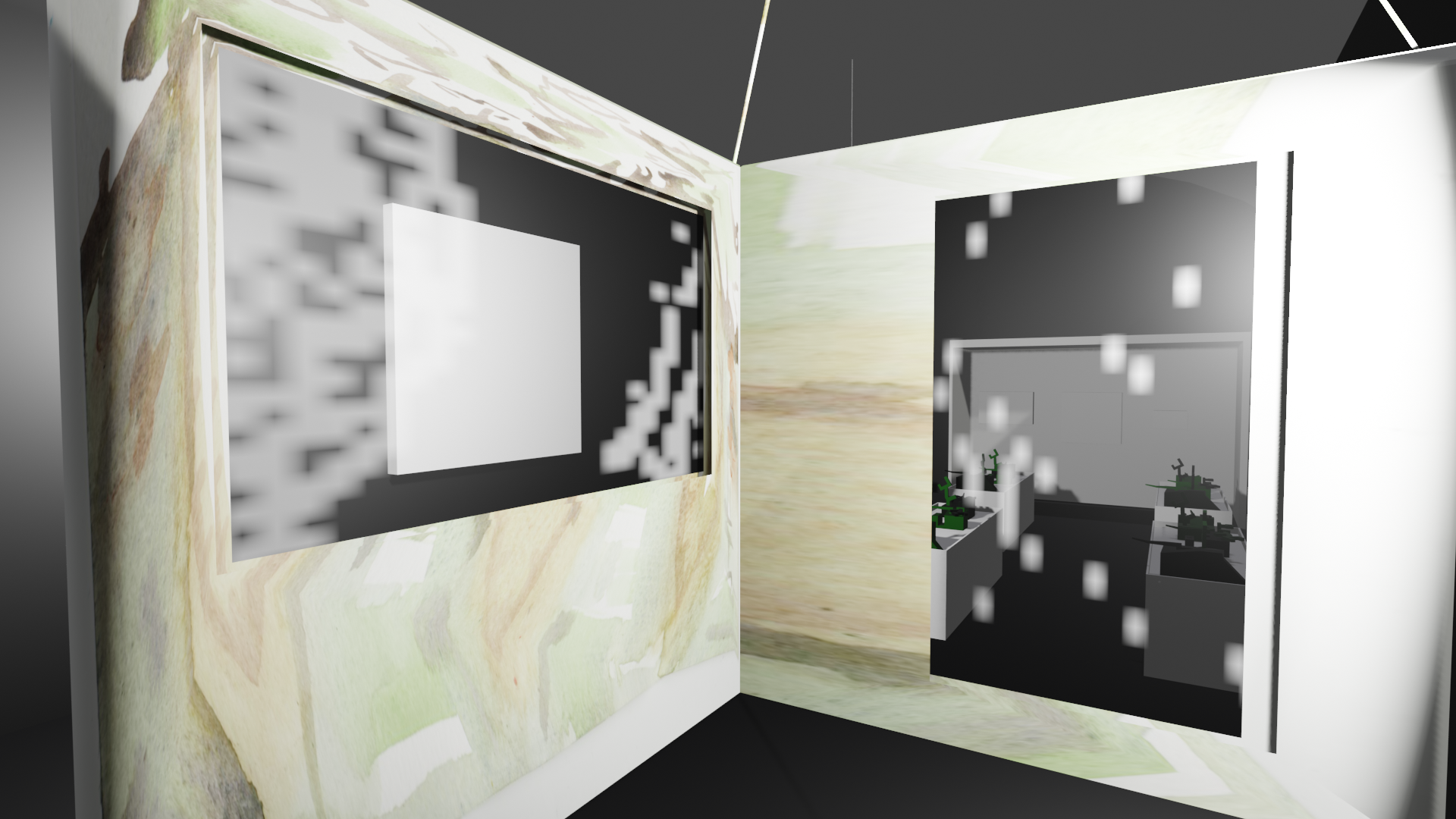
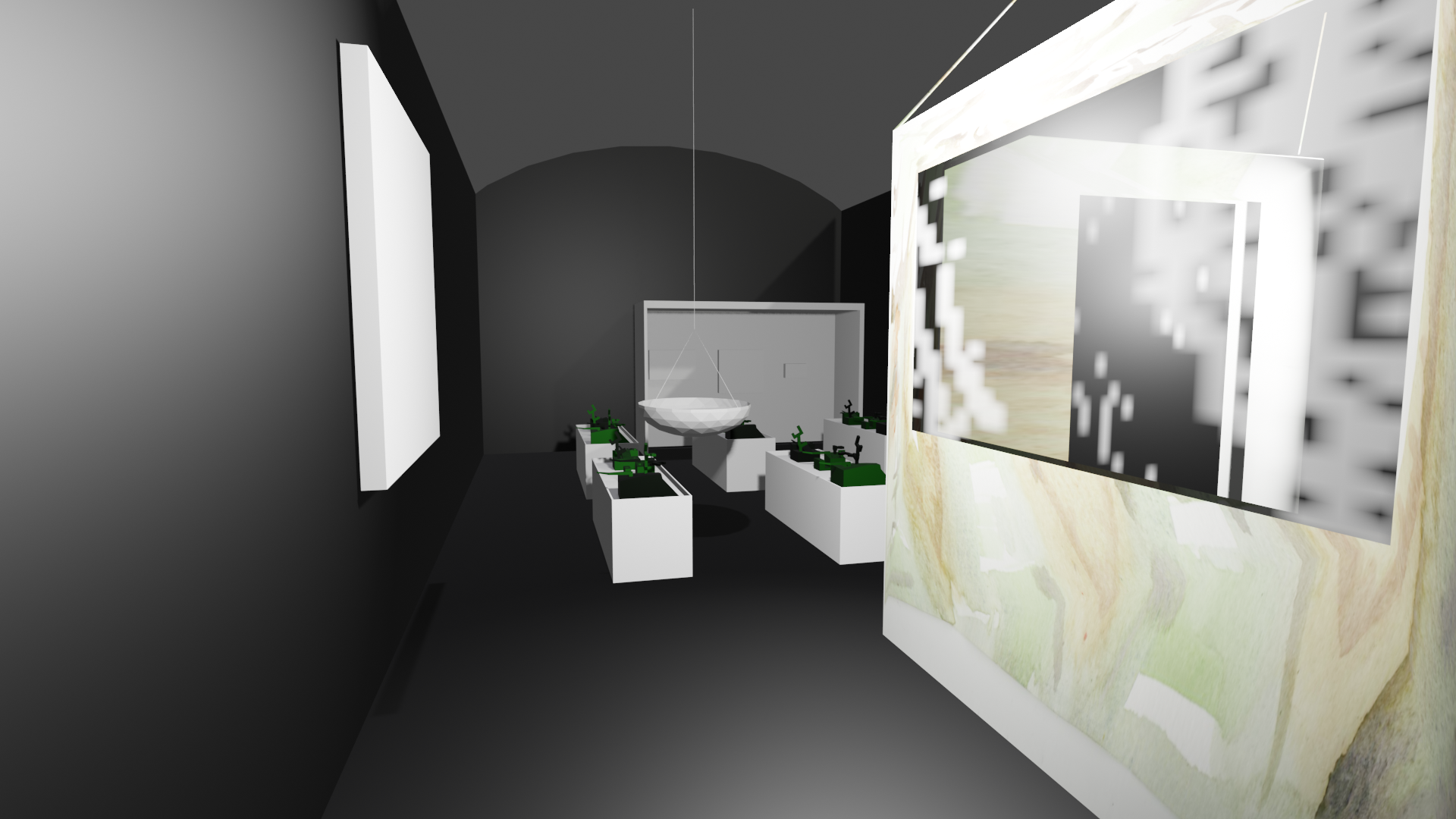
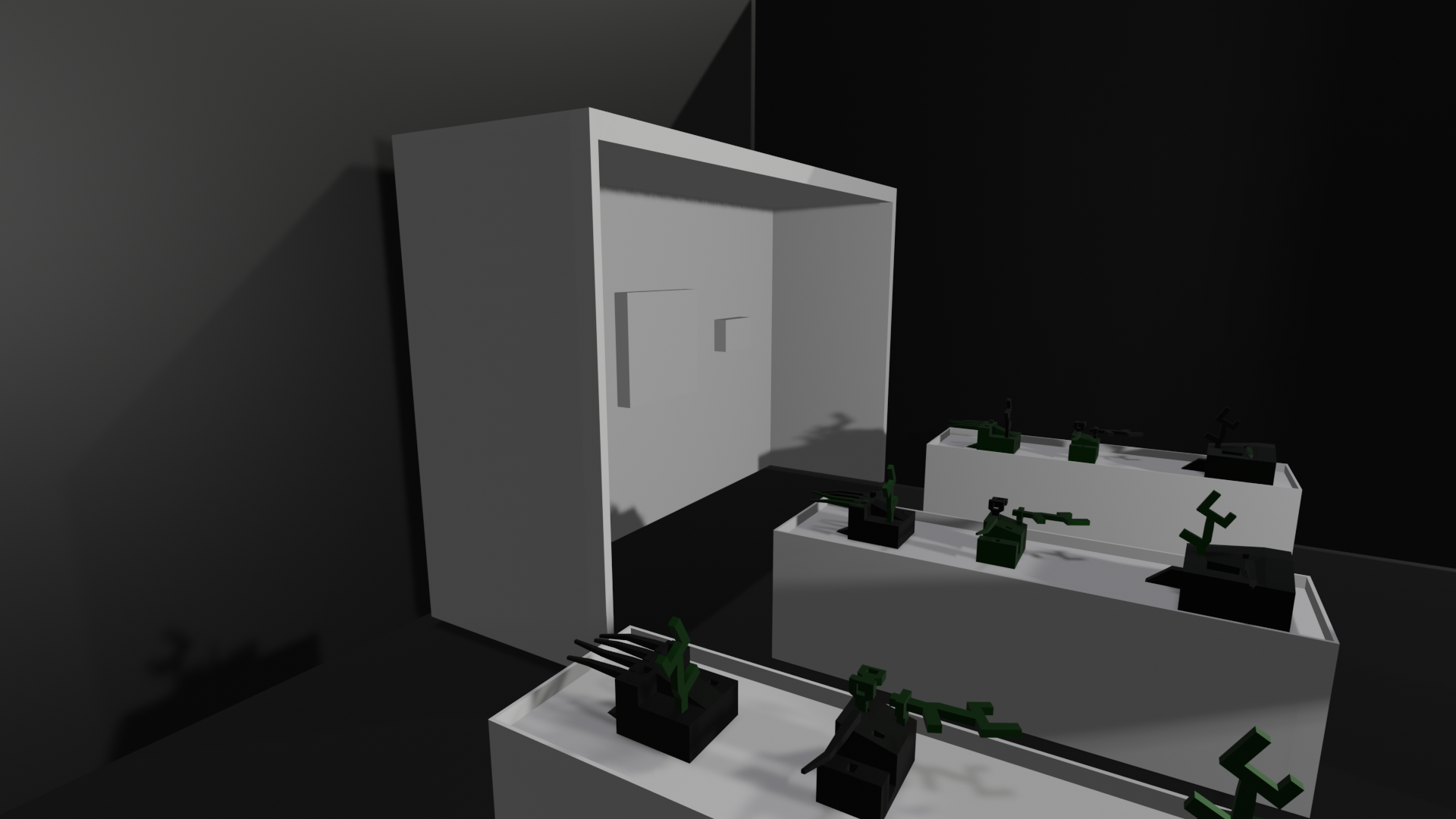
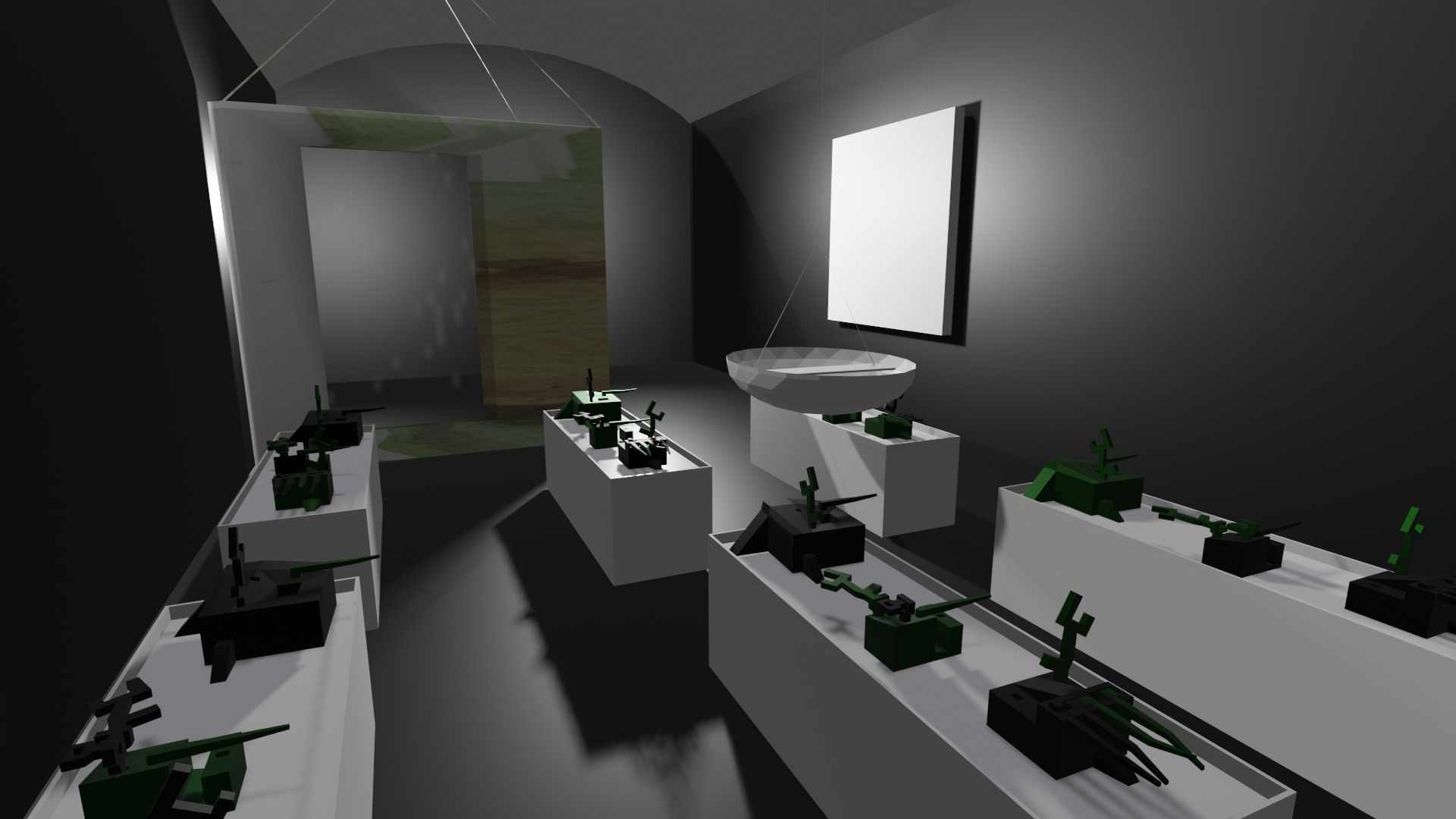
The gallery is layed out with six of the tomb/plinth/cityblocks, a open fronted bay containing three screens with the lofi version of the game, a two panel printed screen with pepperscrim sections rear projected on, and some framed drawers or a single large collage on the wall. In these mock up images, the coffins are all identical and arranged in a grid, this wont be the case for the install as different combinations of the modular jesmonite parts will be used on each, and they will be aranged more organically in realtion to a body moving through the gallery space.
Below is a small scale model of the tombs/plinth/city blocks with prints and drawings held around the sides. In the final versions these will be not made of paper, but an agar based semi-rigid bioresin containing spirulina, drawings and prints, hessian/muslin/string, and tied around the wire plinths. on top of these plinth/coffins will be modular jesmonite casts (see last image in this set) which are supports for relics. the relics themselves are of two types. type 1: forms that reference armour, body parts, tools, which are made from sewn, dyed, and bioresined muslin. type 2: jesmonite cast bones, coated with another layer of bio resin. Both types are displayed on the modular jesmonite supports, the supports themselves are in turn held in their trays with a shallow pool of bioresin. I've started production on the modular elements, having ordered a 3d print of one of the "fingers" (see second to las timage below) im going to use this as the reference to sculpt all the other parts in newplast, and make molds in silicone, and cast in jesmonite. casts will be in different greens, or with bronze or iron filler
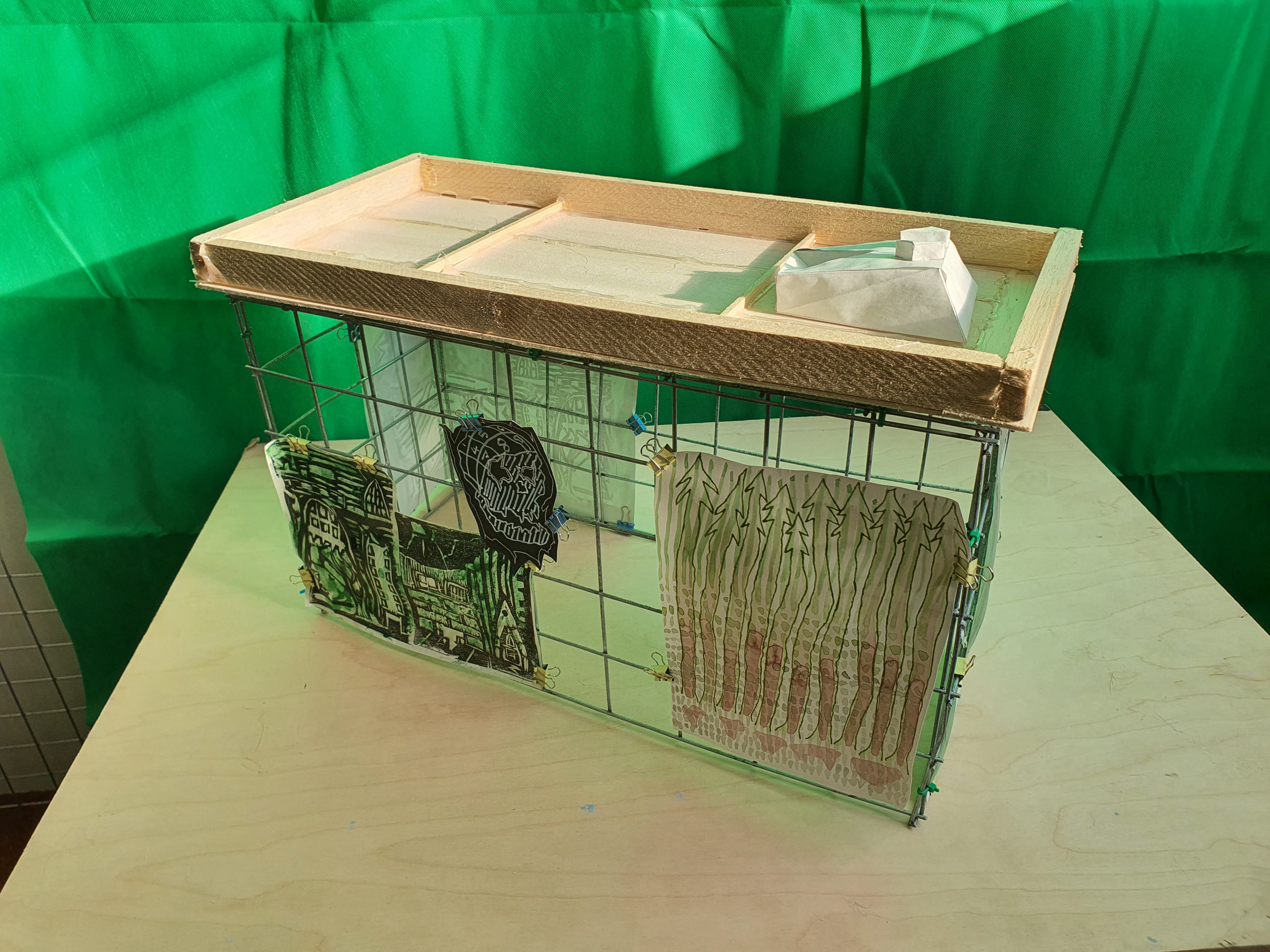
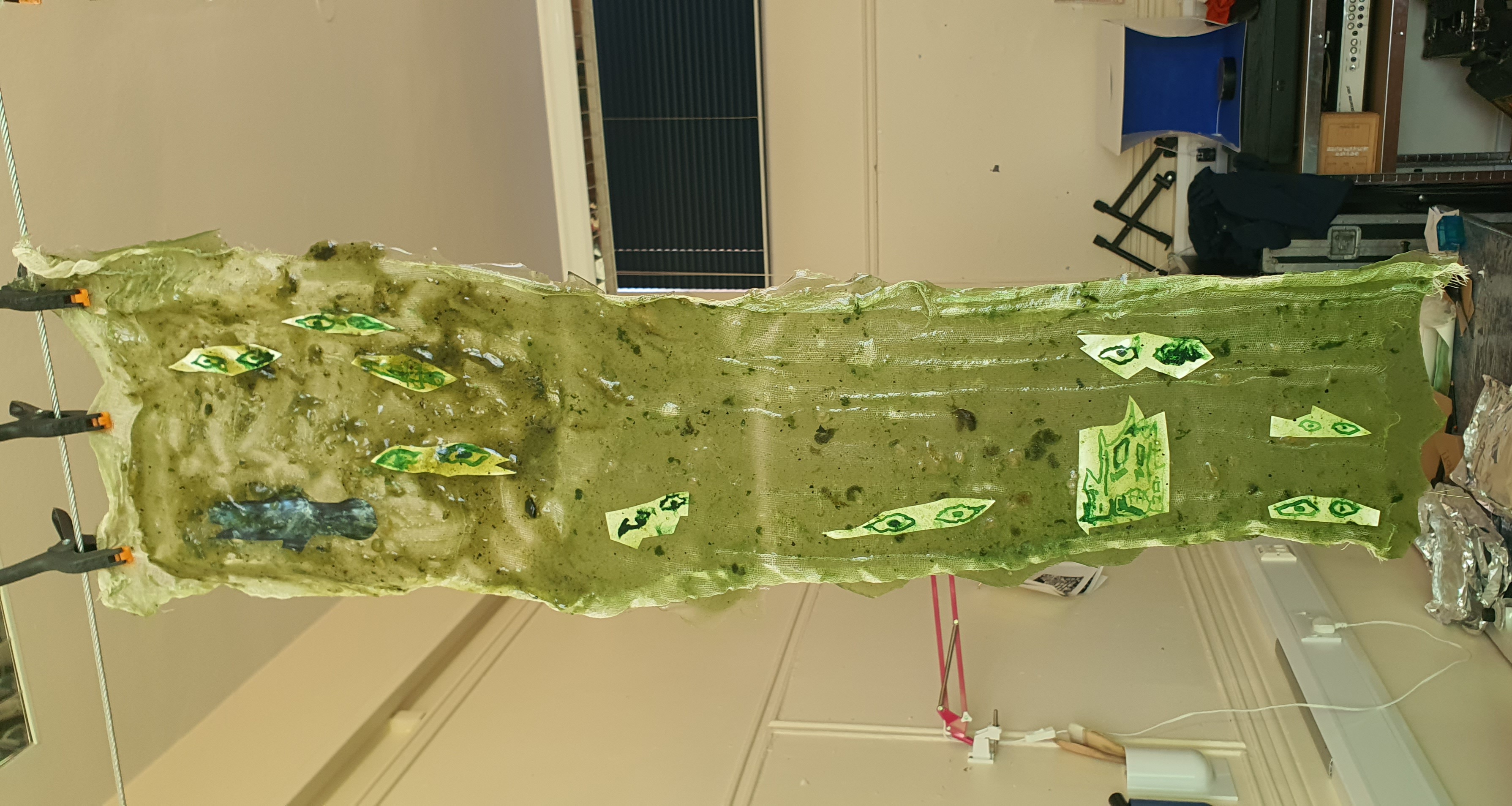
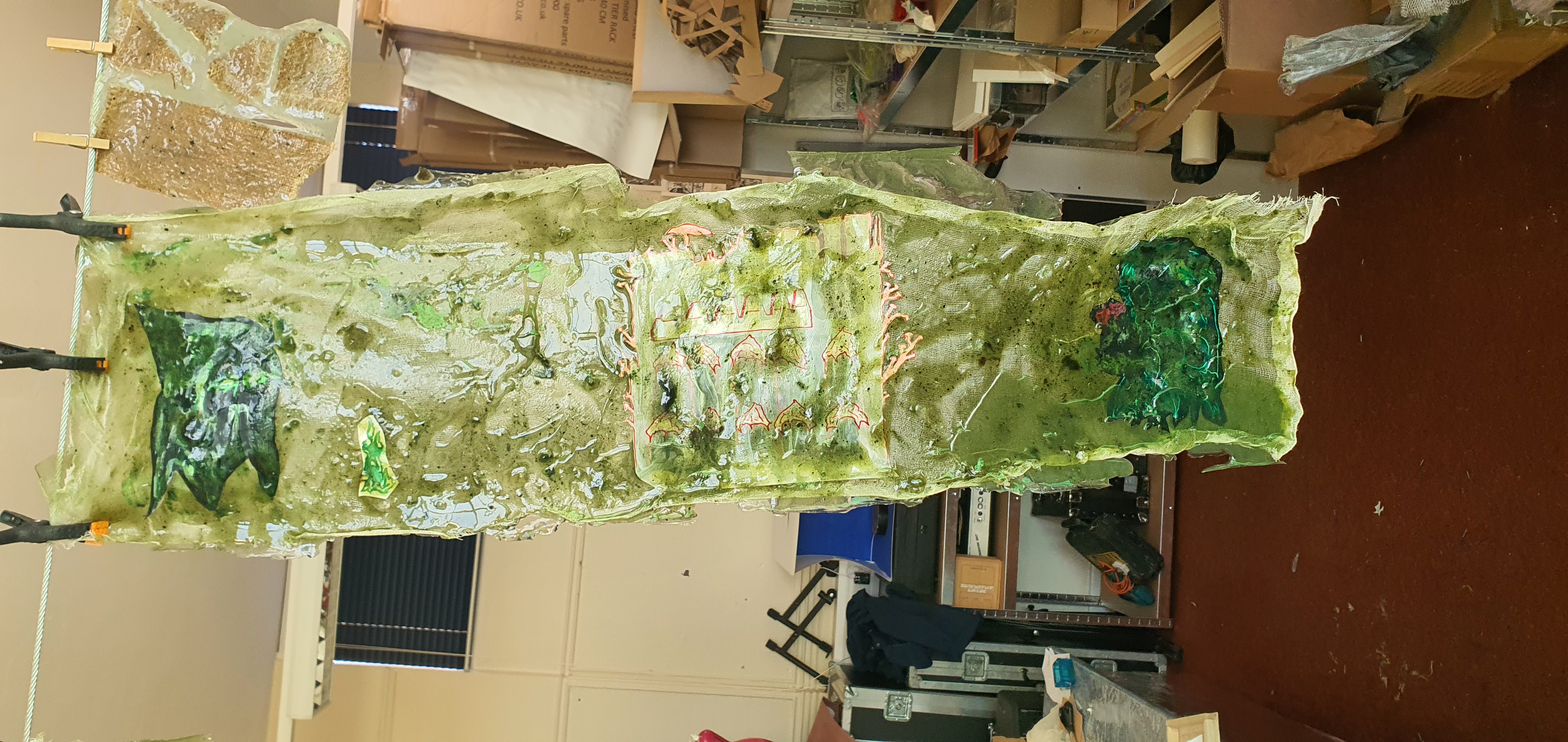
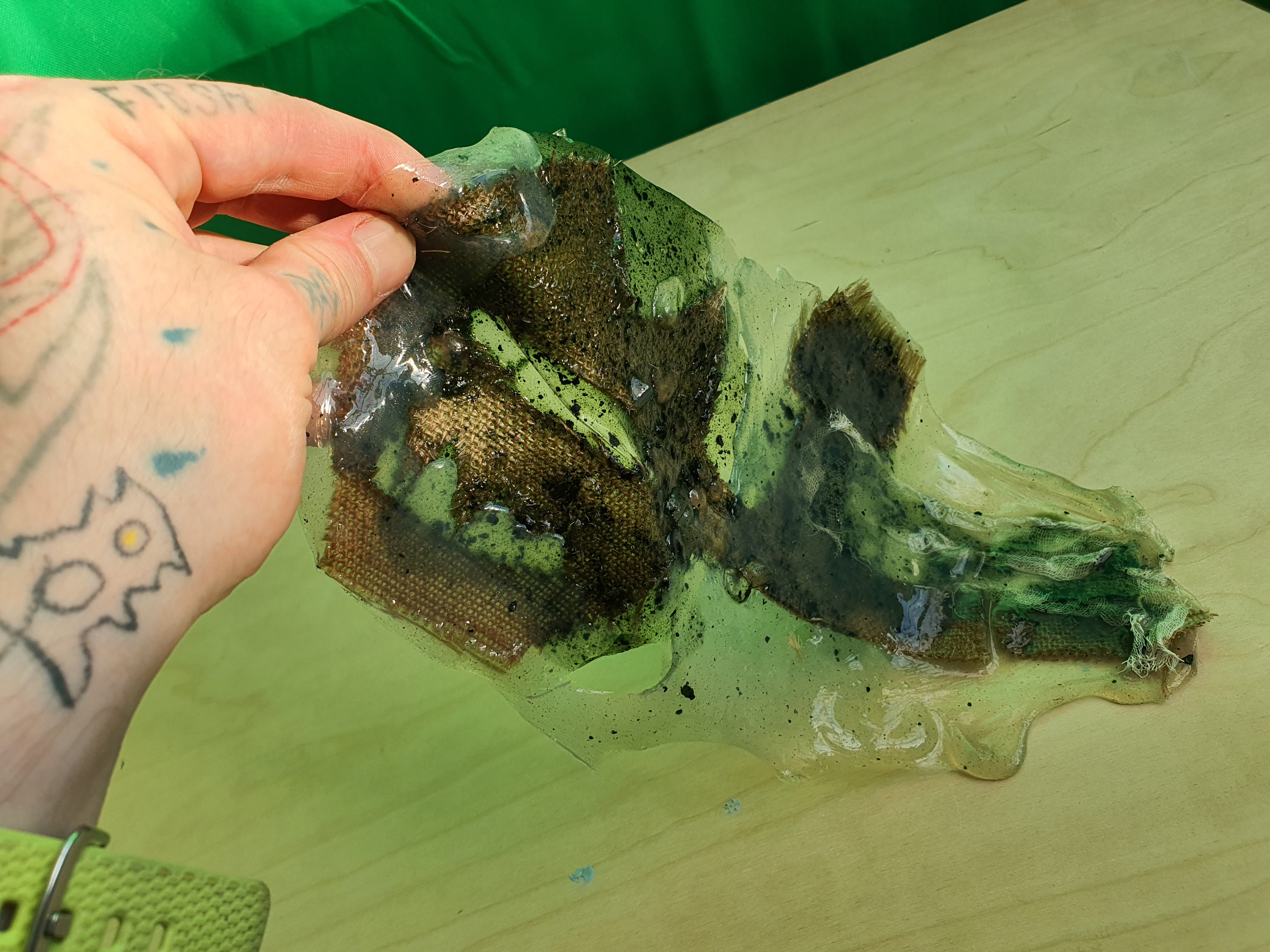
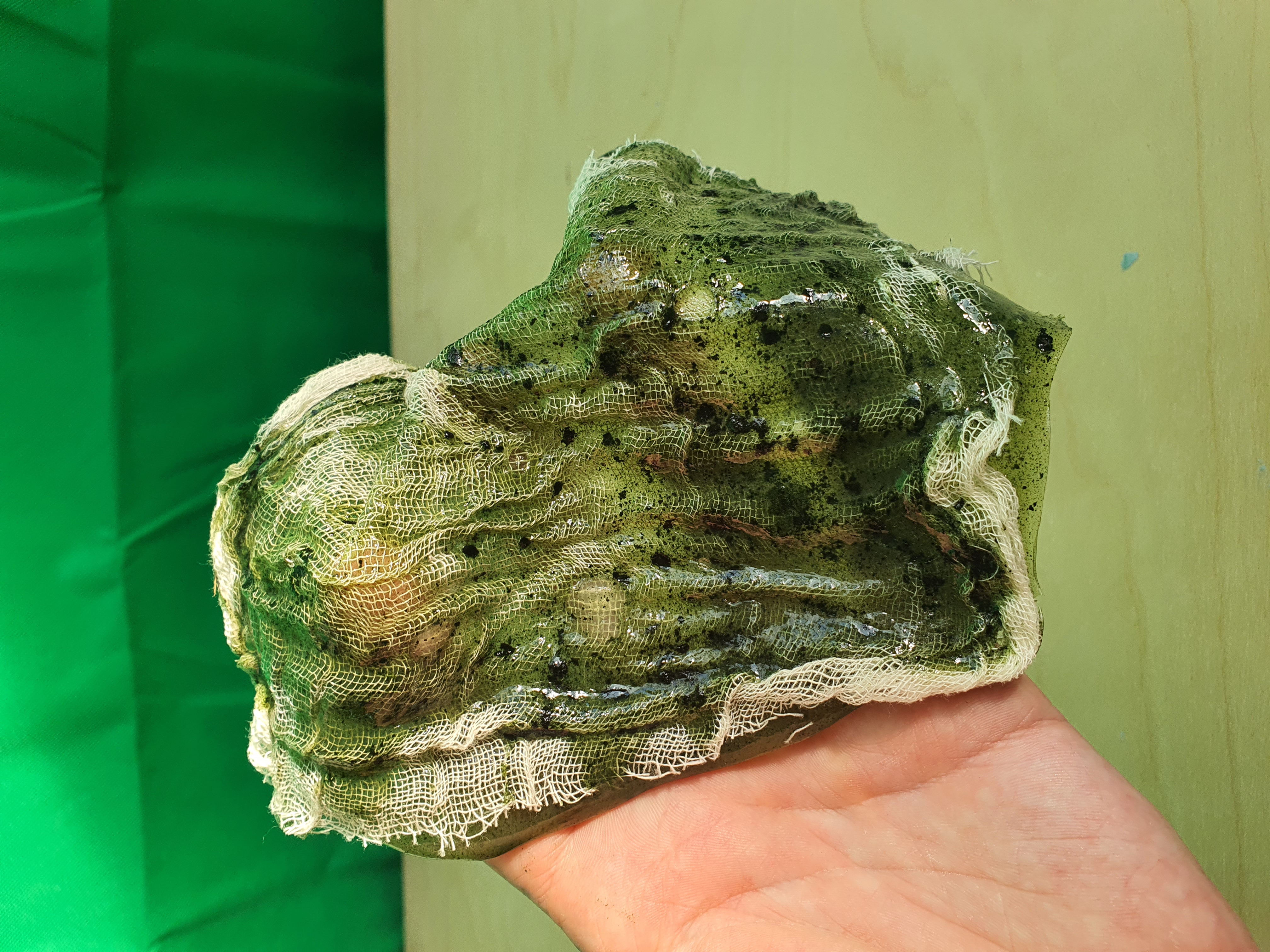
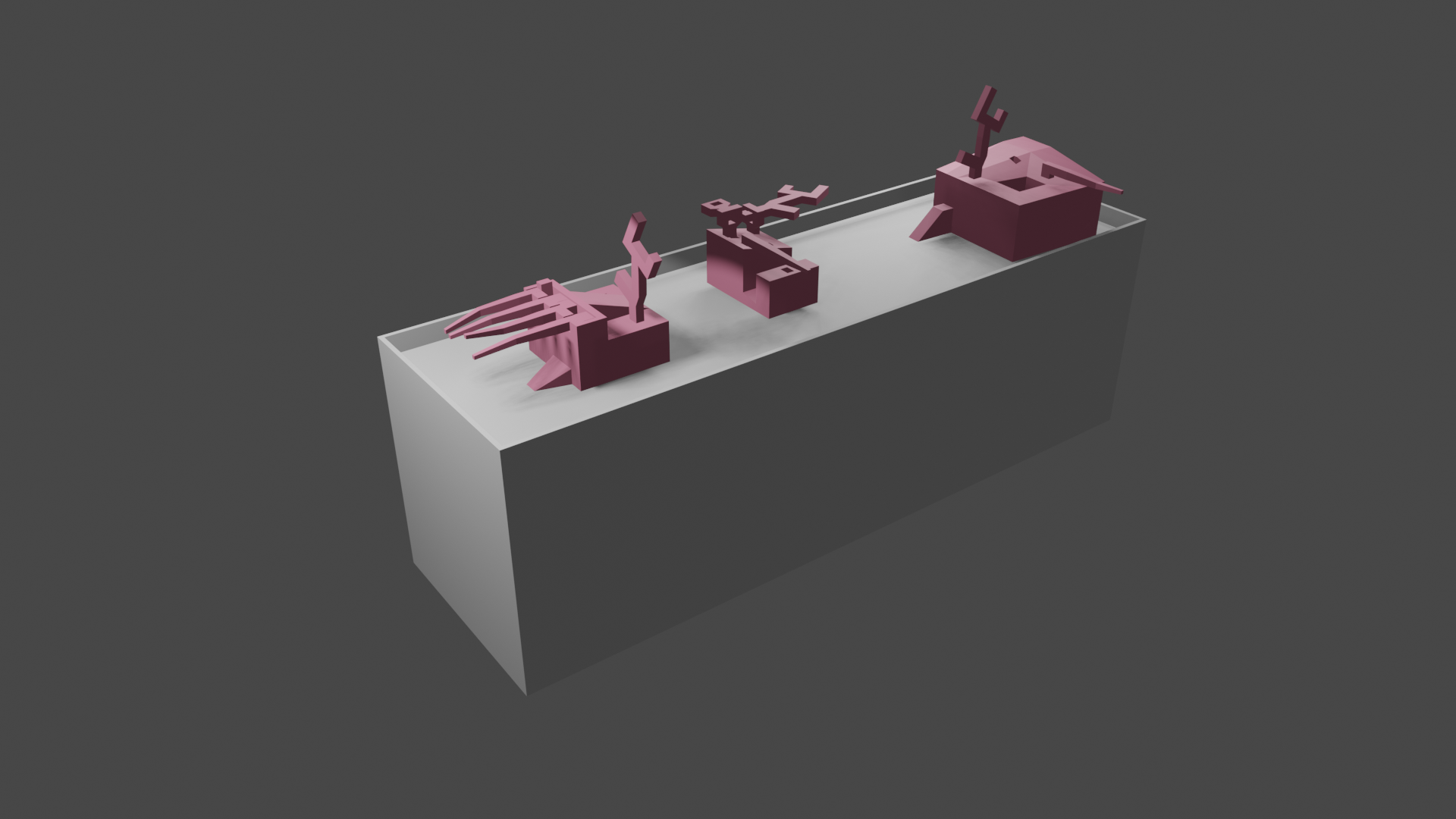
The Jesmonite modular element masters are mostly modelled by hand, with textured surface. The "fingers" are cast from a 3d print
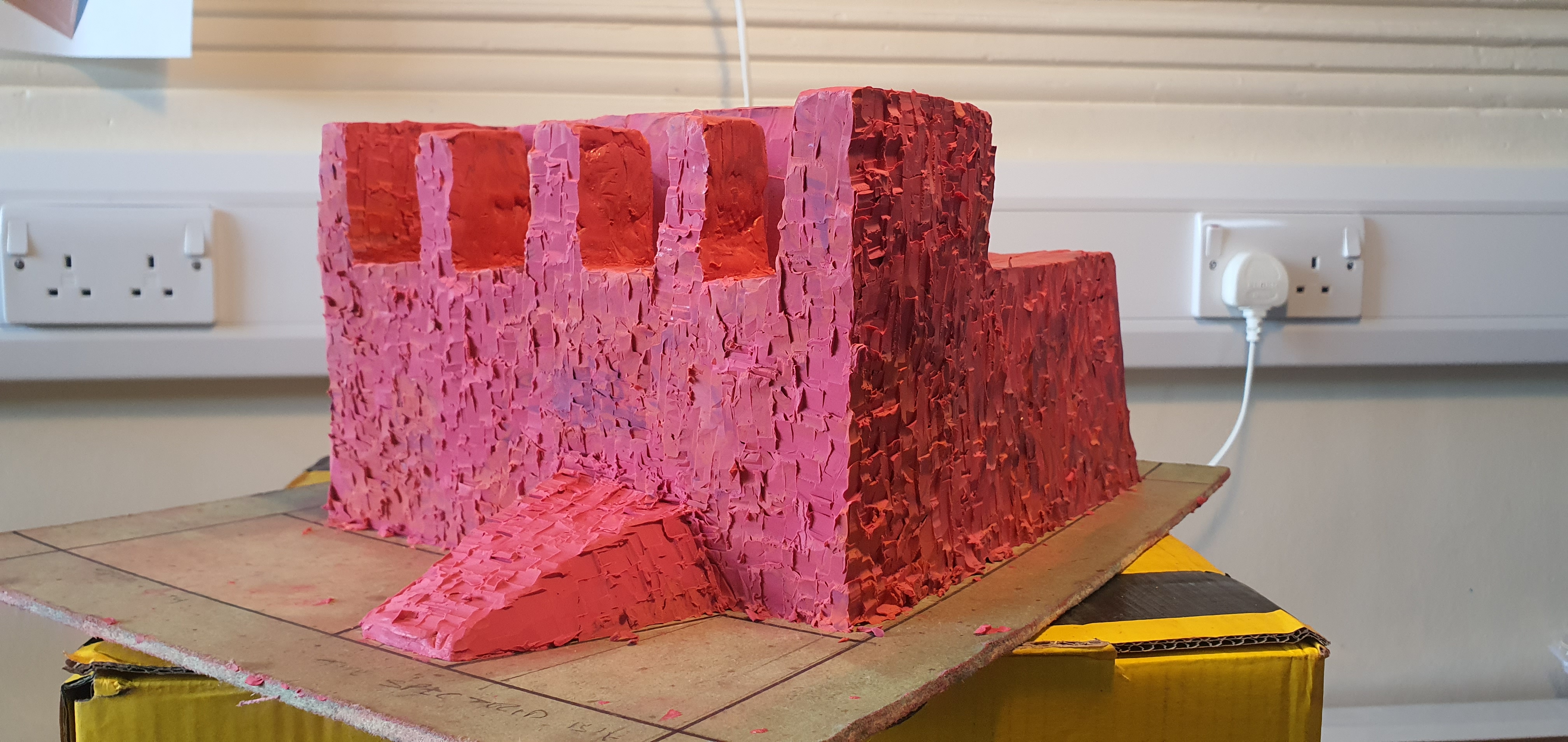

lofi games
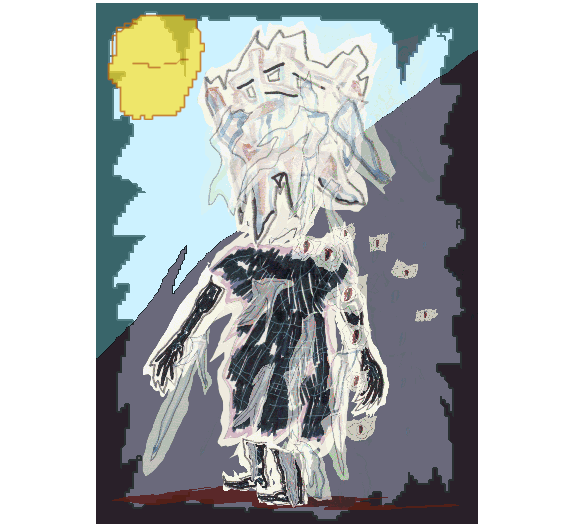
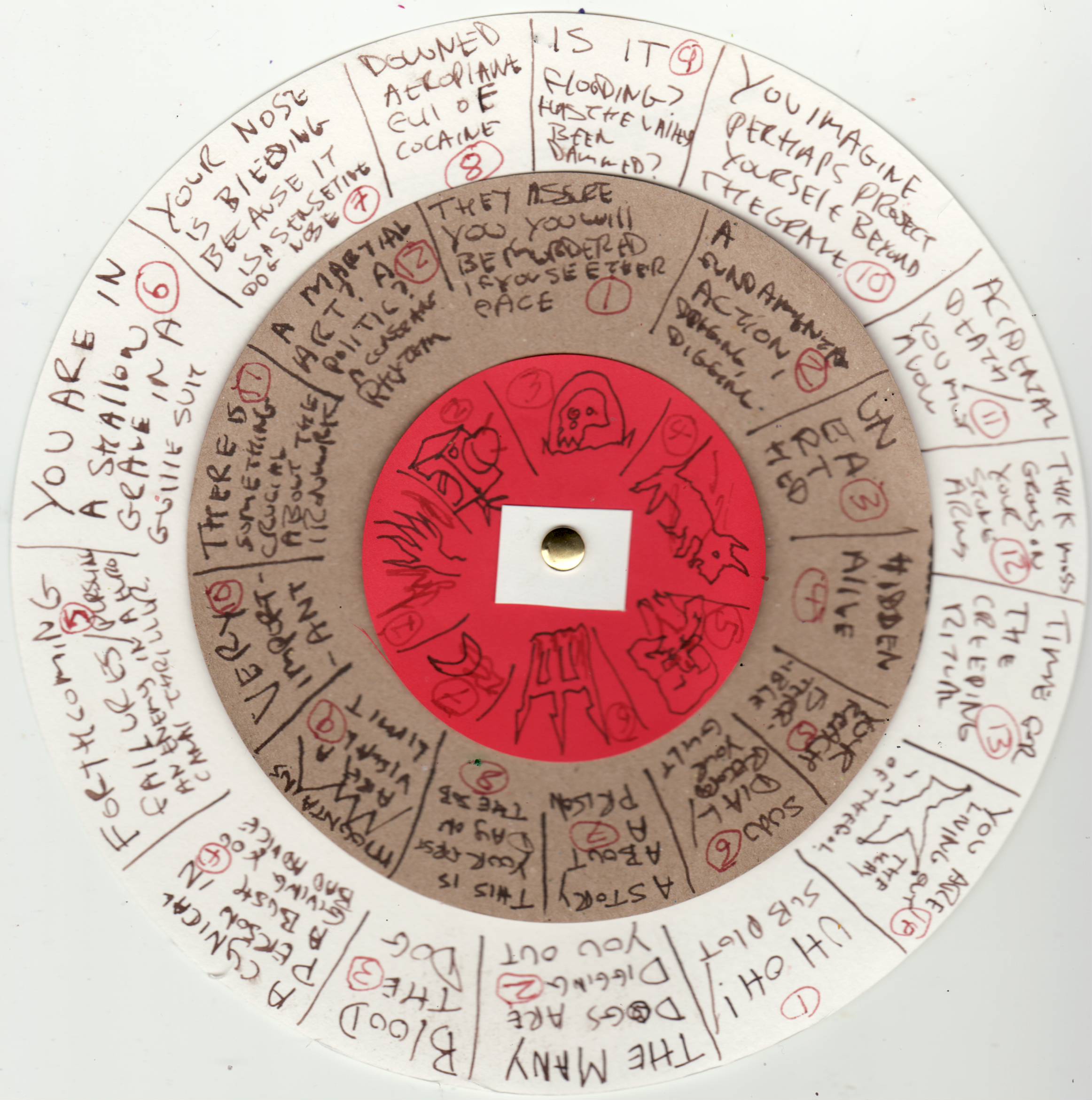
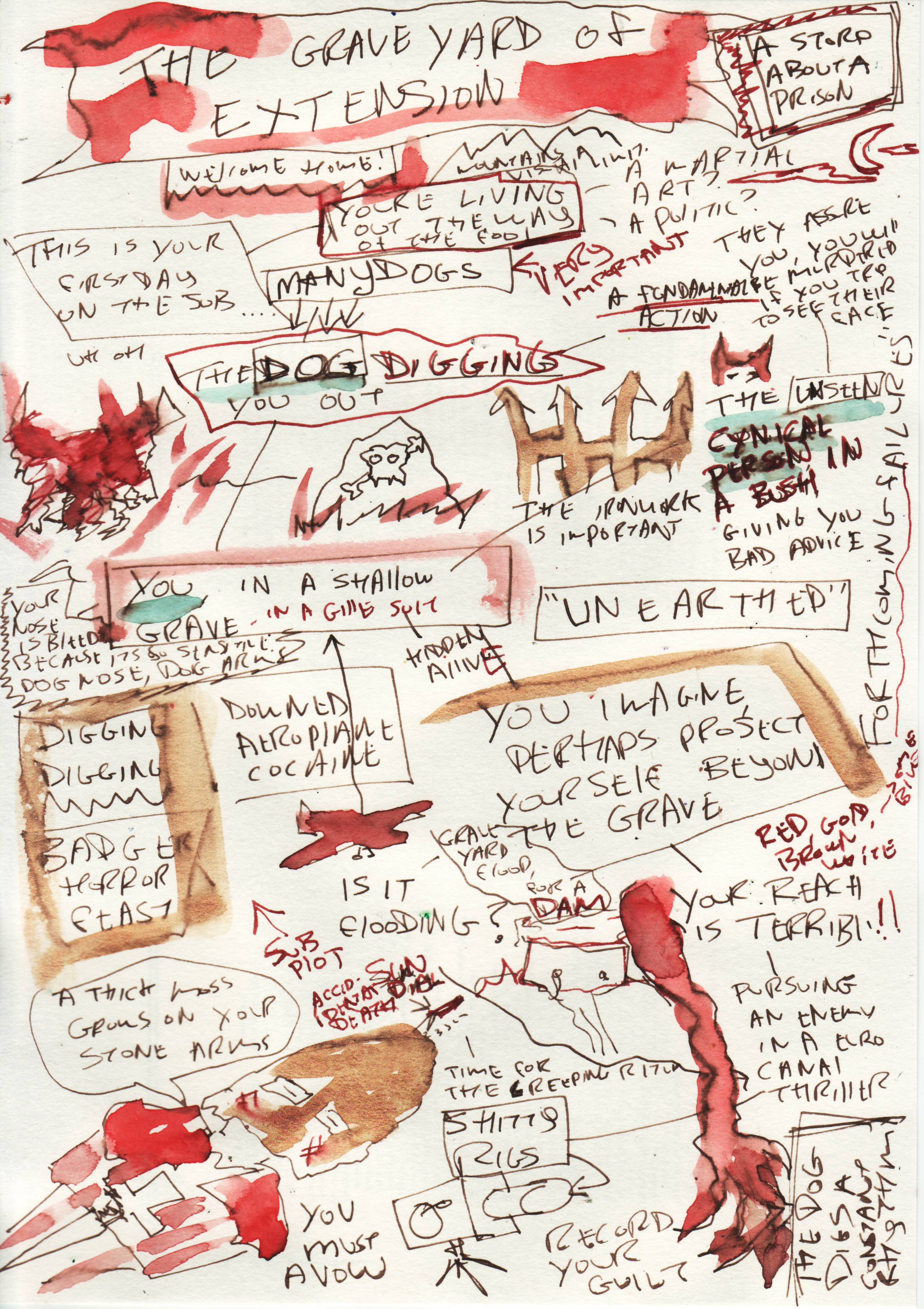
On the three small LCD panels in the "Triage station" are digital artworks. Two of these are looping animations (see looping gif above), the third is a super lofi game that is another approach to the same material as the larger game and installtion. This game uses tables and random number generation to tell a story, randomly chosing a begining, middle, and end in the manner of a code wheel (see image above). I've just finished a similar project here and will use much of the same mechanics
Underwater View
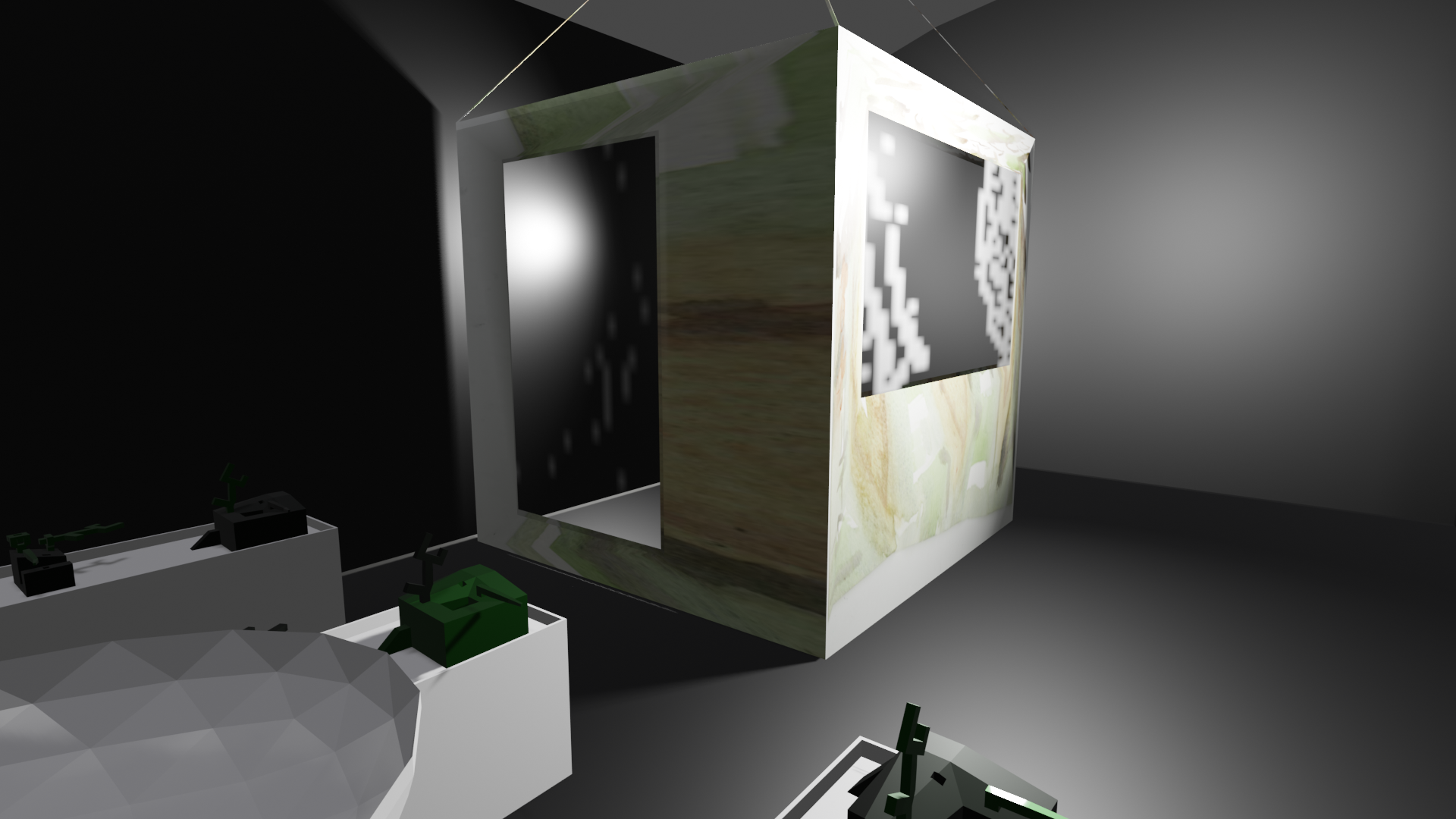
The Underwater View: Two 3mx3m printed blackout PVC sheets, mounted on scaffolding to form a right angled corner. Each sheet has a section cut out where the two Pepperscrim pieces can be mounted, using magnets at the rear, and laser cut steel pieces at the front. These Pepperscrim pieces are rear projected on with animations that resemble a computer game interface, and underwater scene. Crucially, the projection + scim is largely transparent, allowing the audience to see through. Ropes run from the three upper corners of the scaffolding frame to a point at the ceiling.

Steel laser cut pieces will be some simple shape, likely based on the chaos star
Coracle
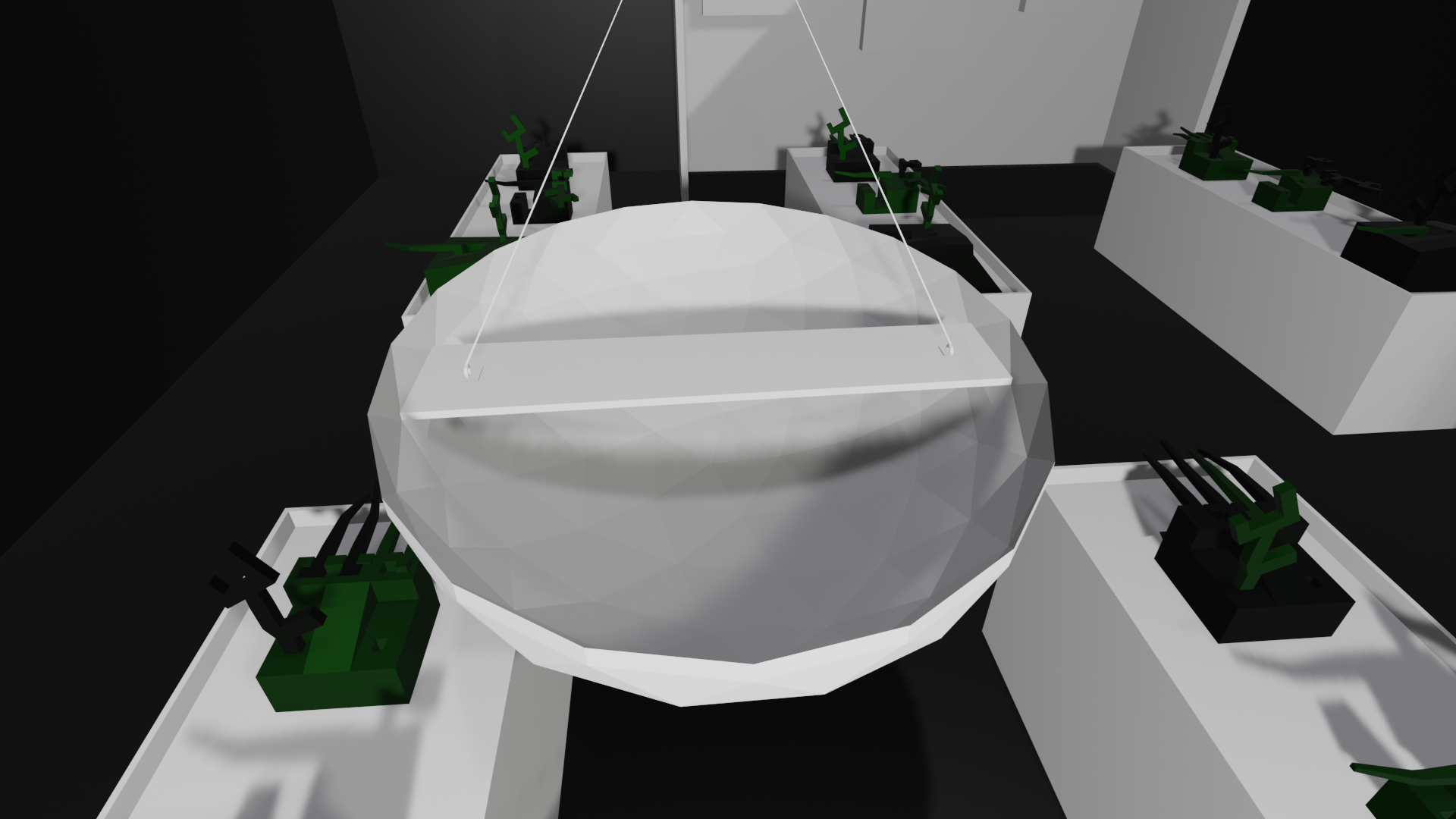
The Coracle:a wooden basket frame boat (1.1 x 1.4 x 0.3m) clad in the same resined muslin as used elsewhere in the show. The coracle is suspended from the ceiling by a 2m loop sisal rope attached to steel eyelets at either edge of its seat. This loop is tied to a single sisal rope line the ret of hte way up to the ceiling. It may need to be supported with additional lines to prevent swinging. The coracle should be around 1.2m from the floor.
Drawings
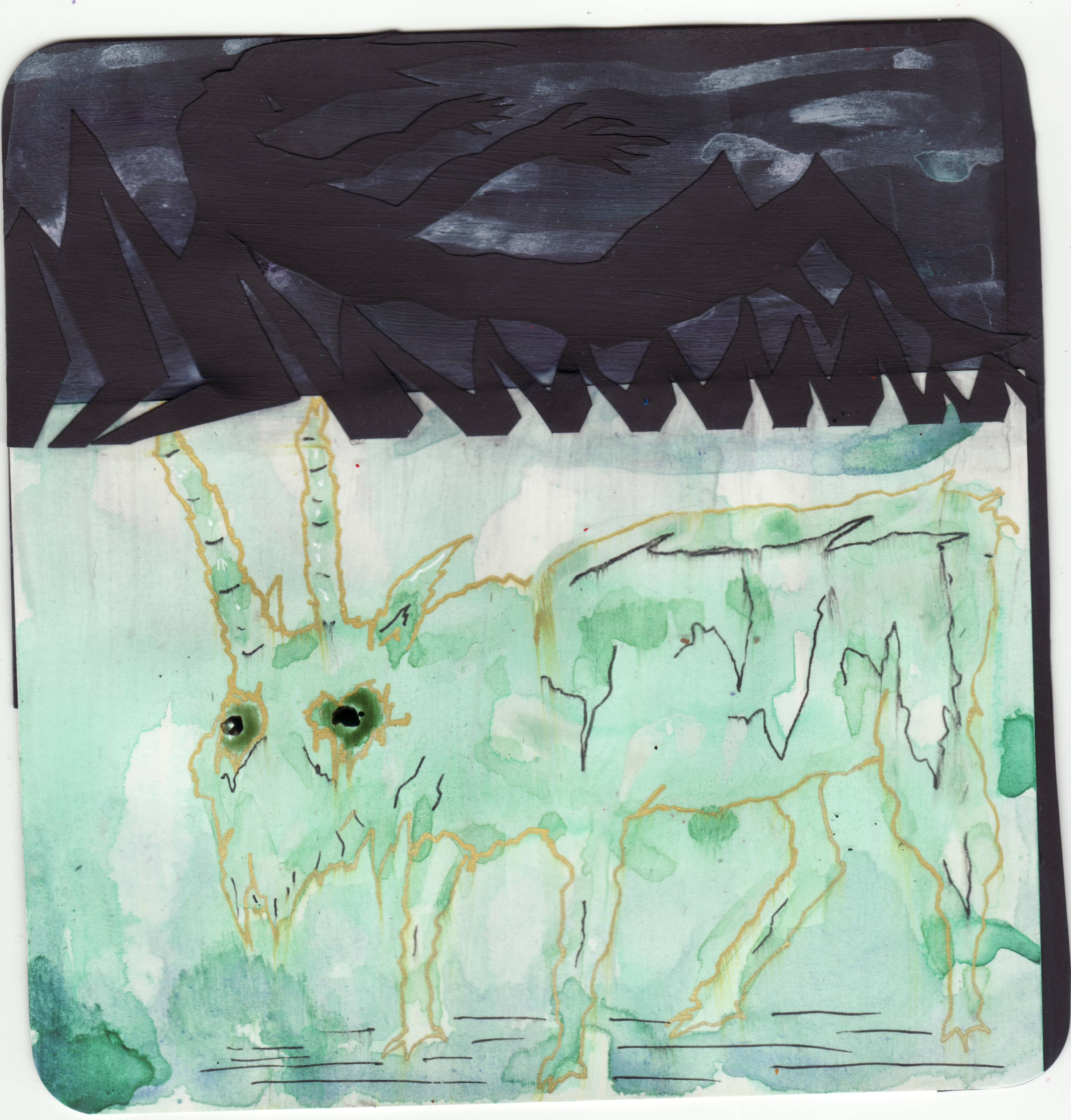
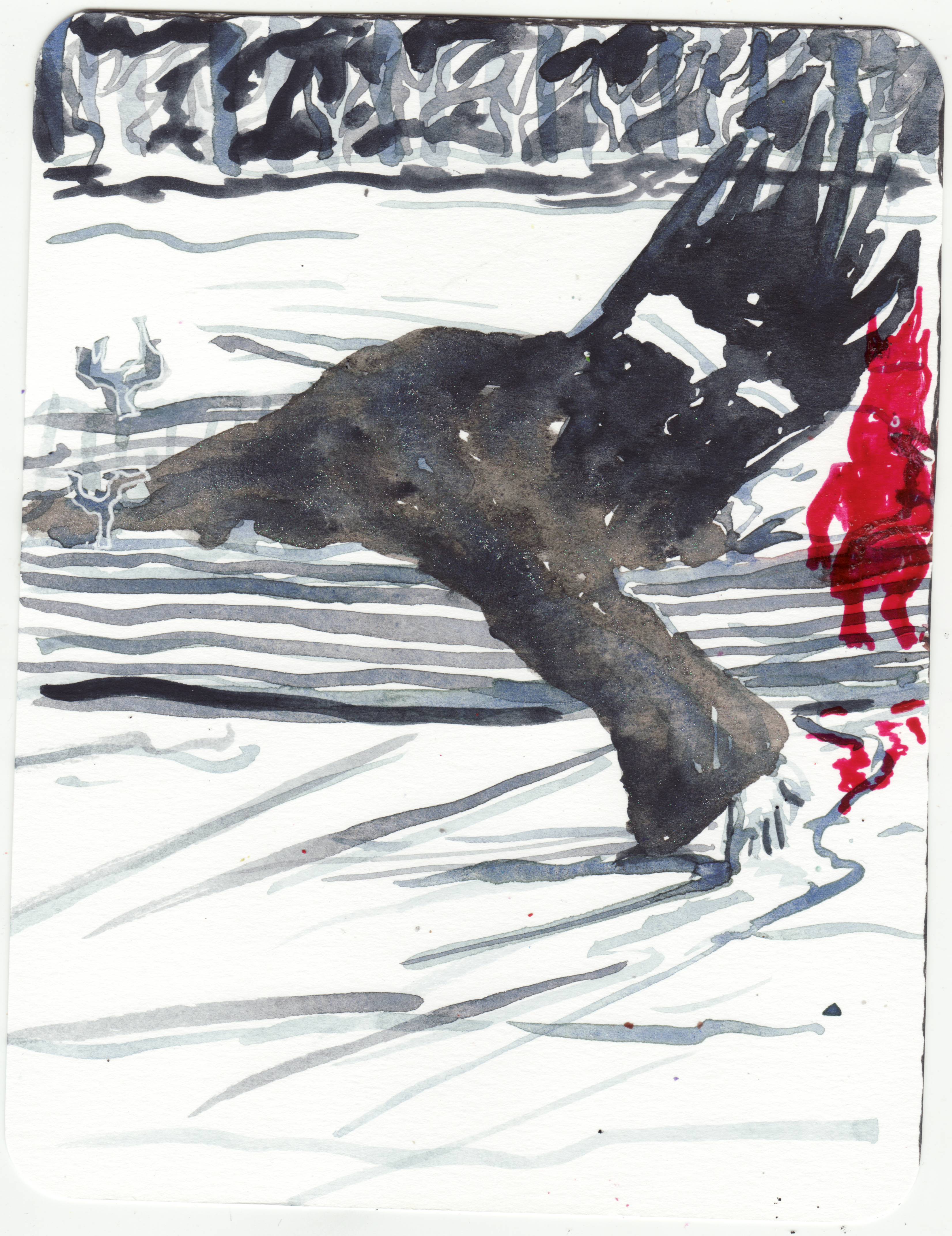
I've been working on drawings which I will encorperate into the gallery insall, likely framed and hung on the walls.
sample script
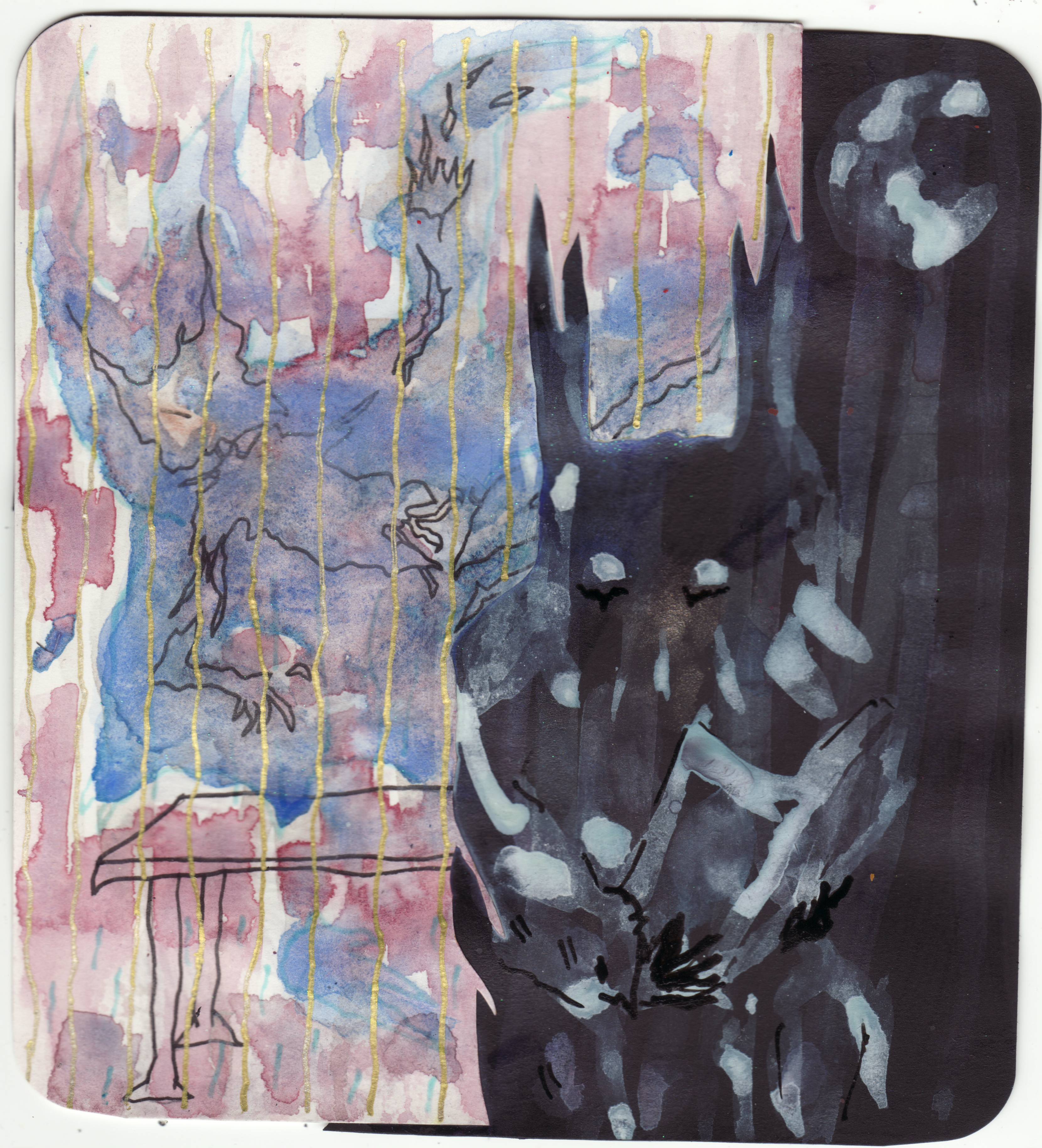
I'm writing the story for the opening performance here
Install 1: FACT
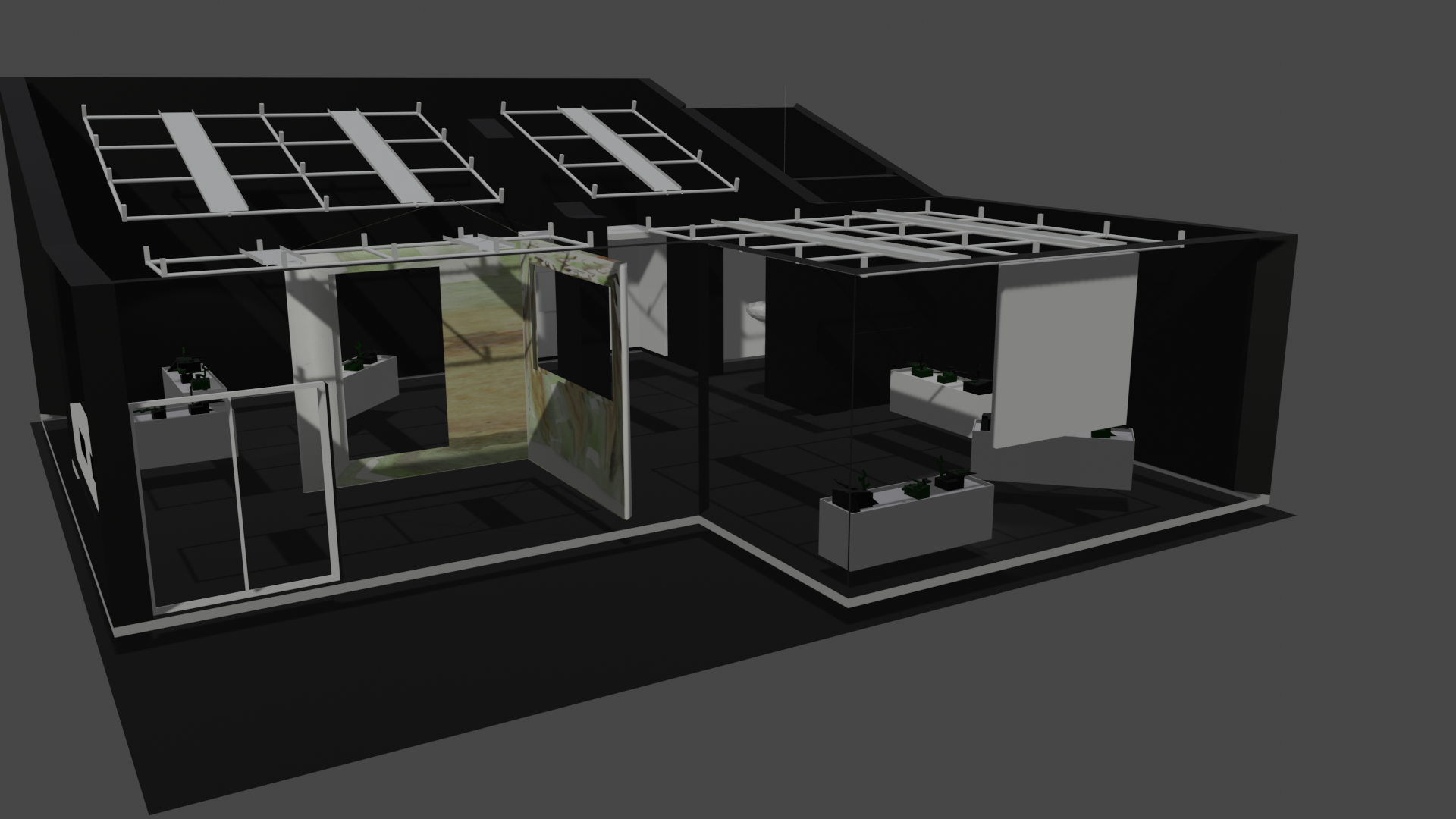
The install materials are revised in layout for the new gallery space (I missed out copy the projection texture over for the digital scim, but its still meant to be included!)
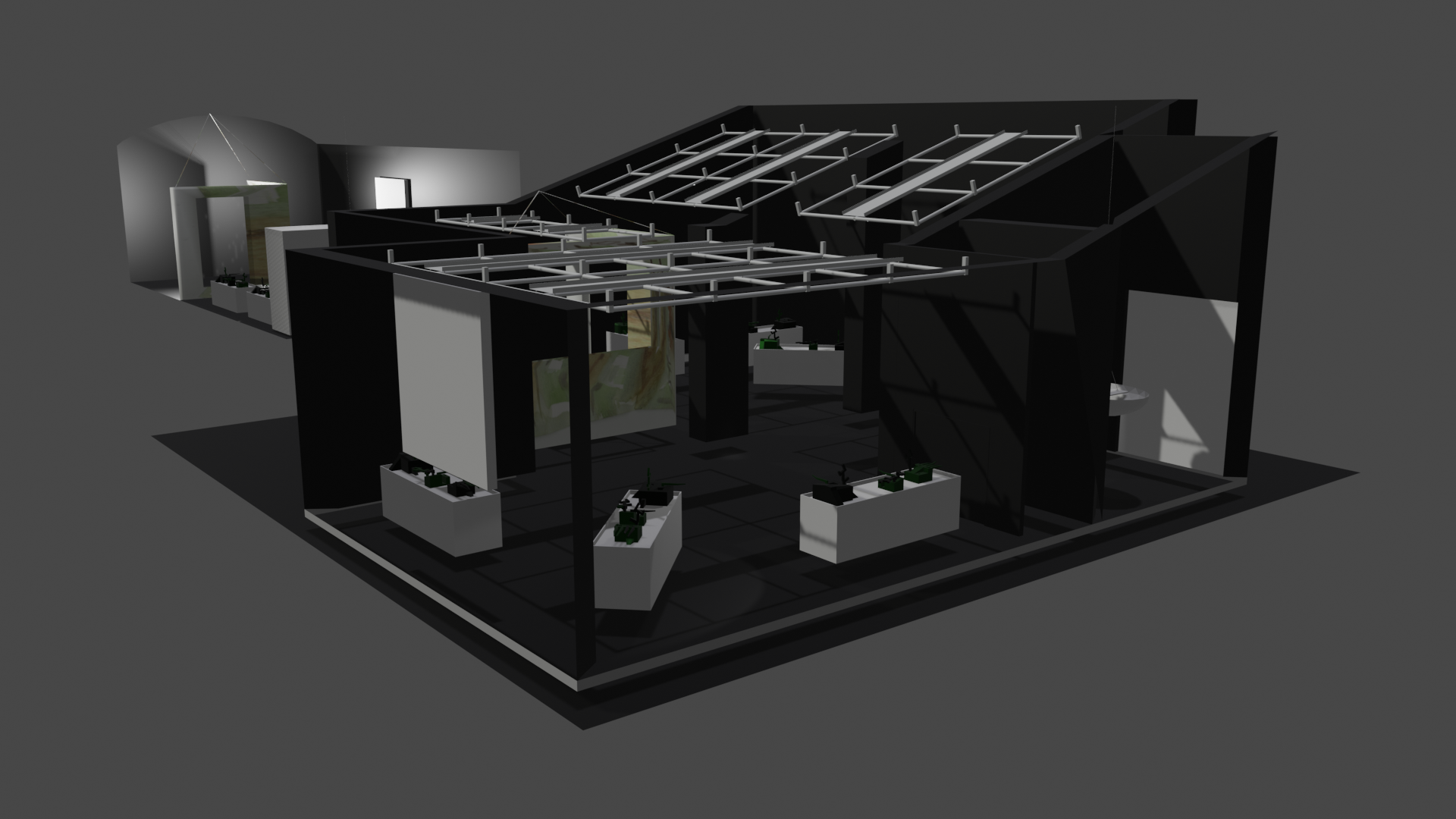
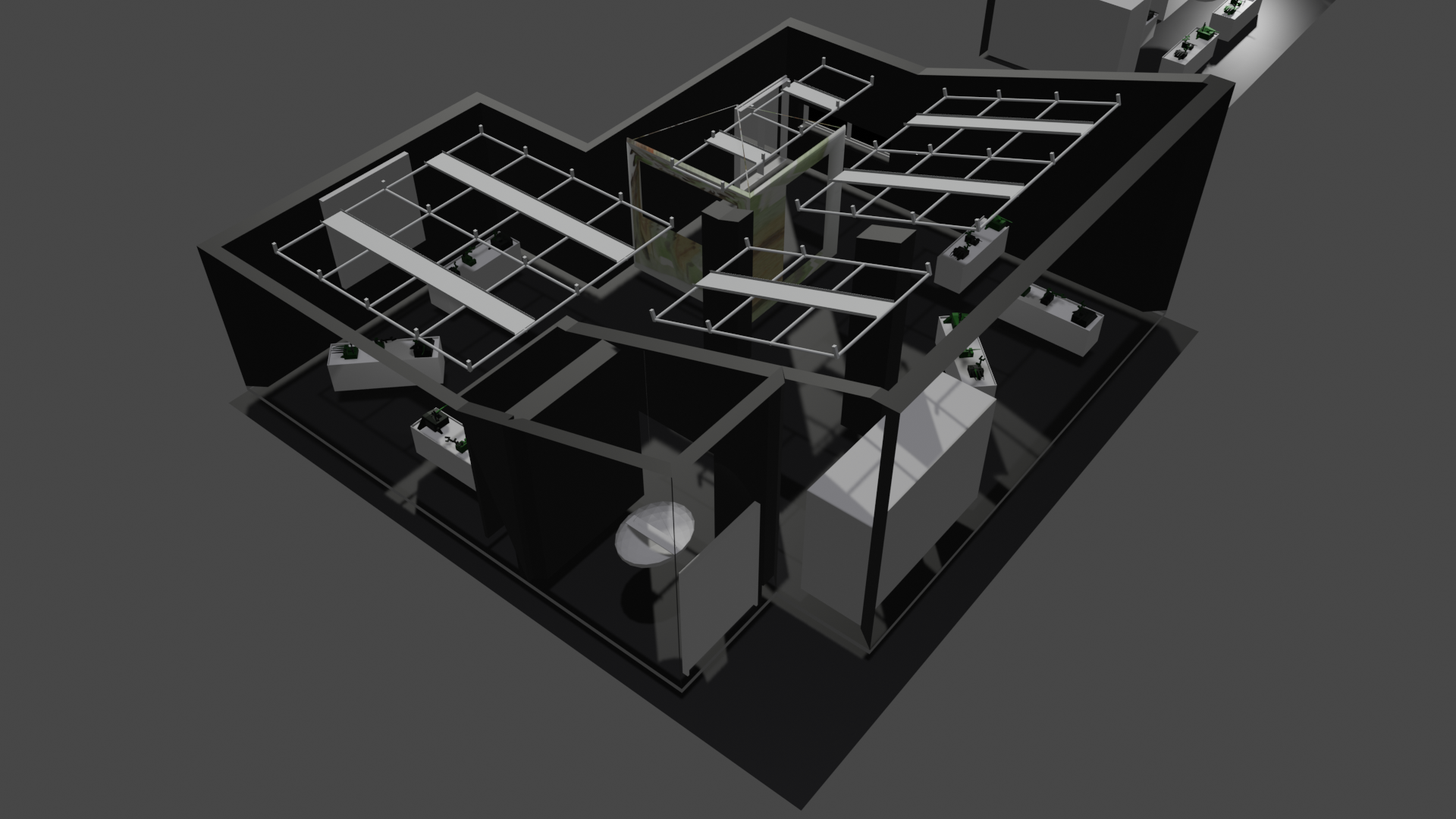
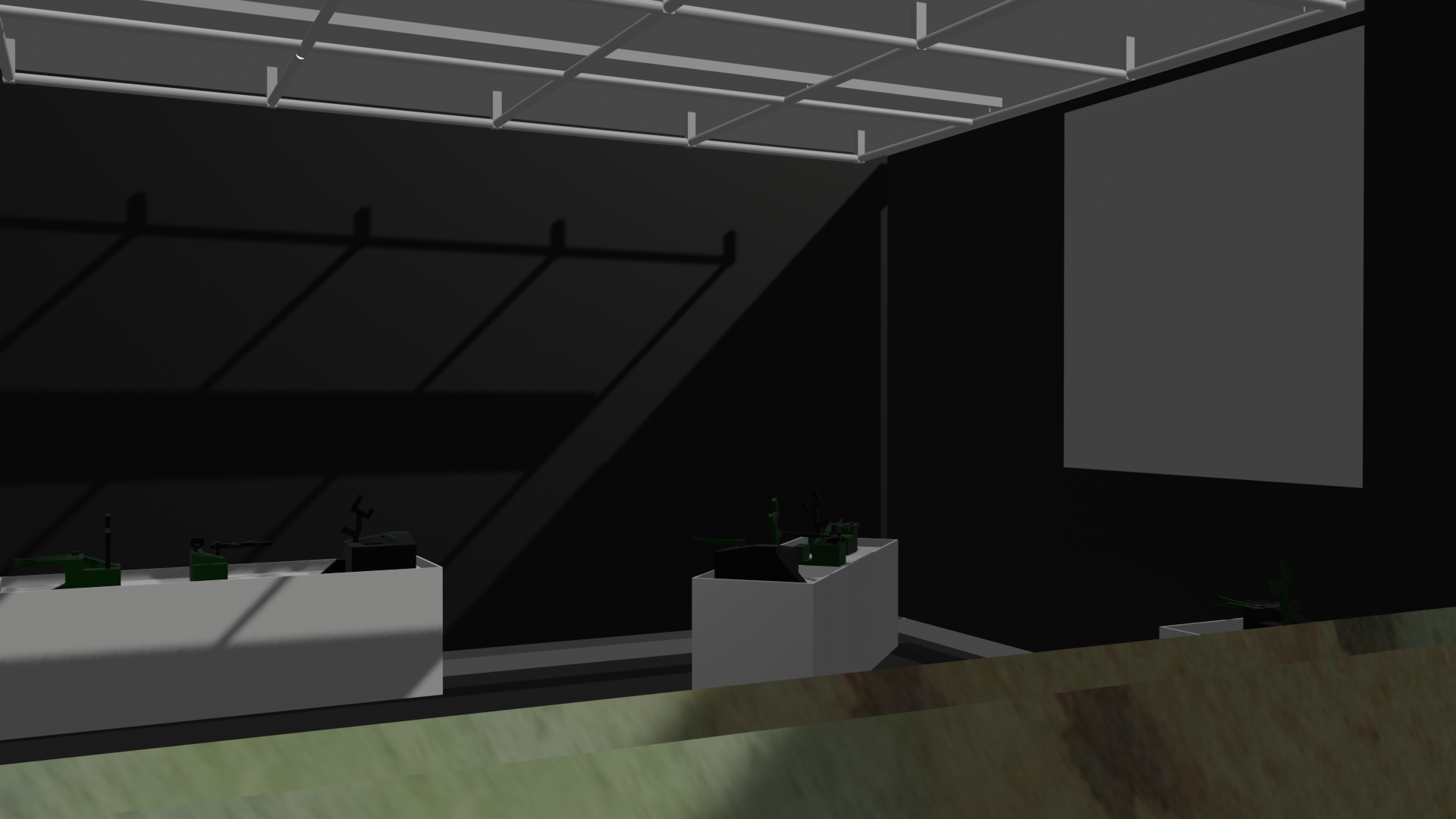
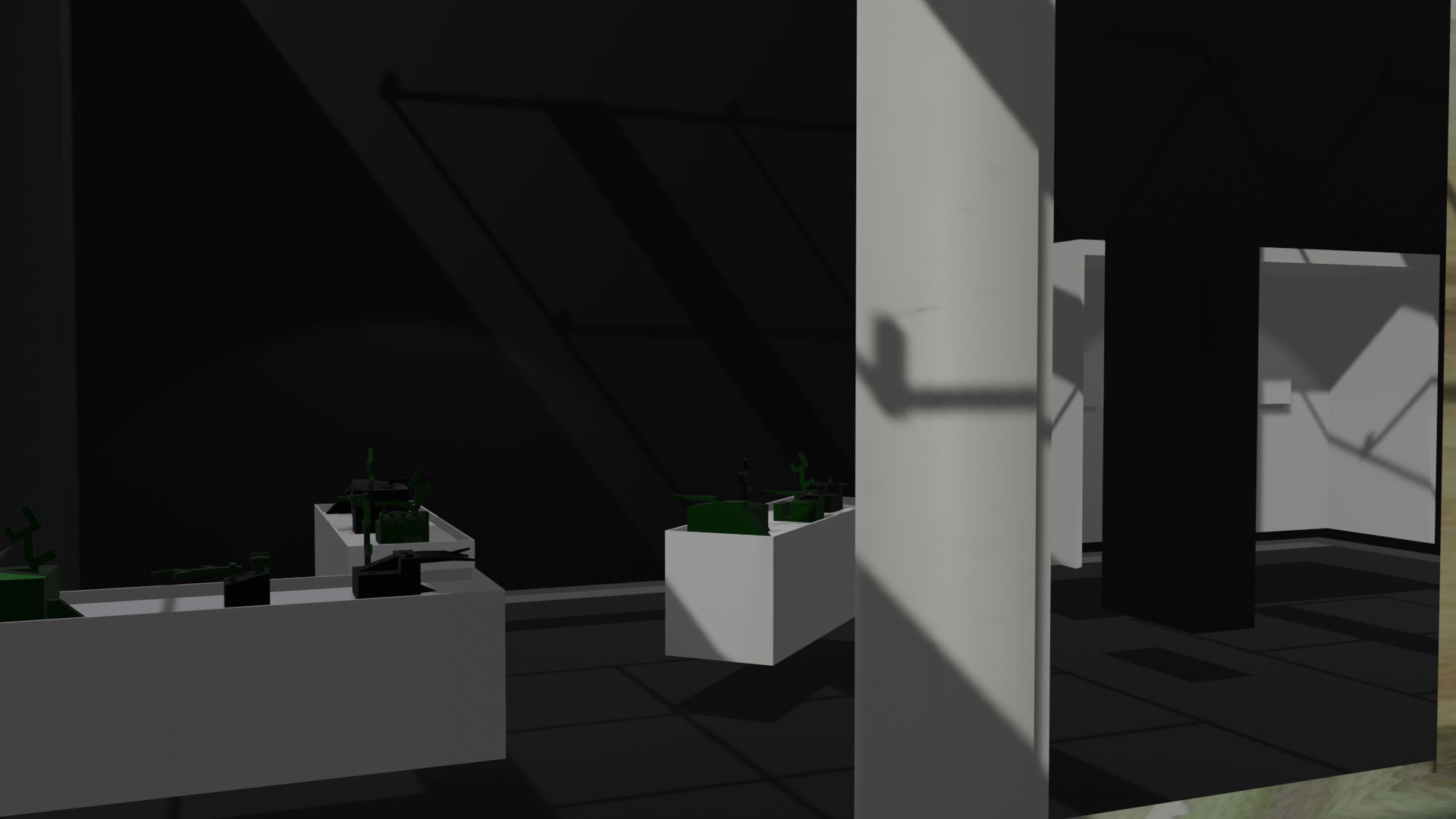
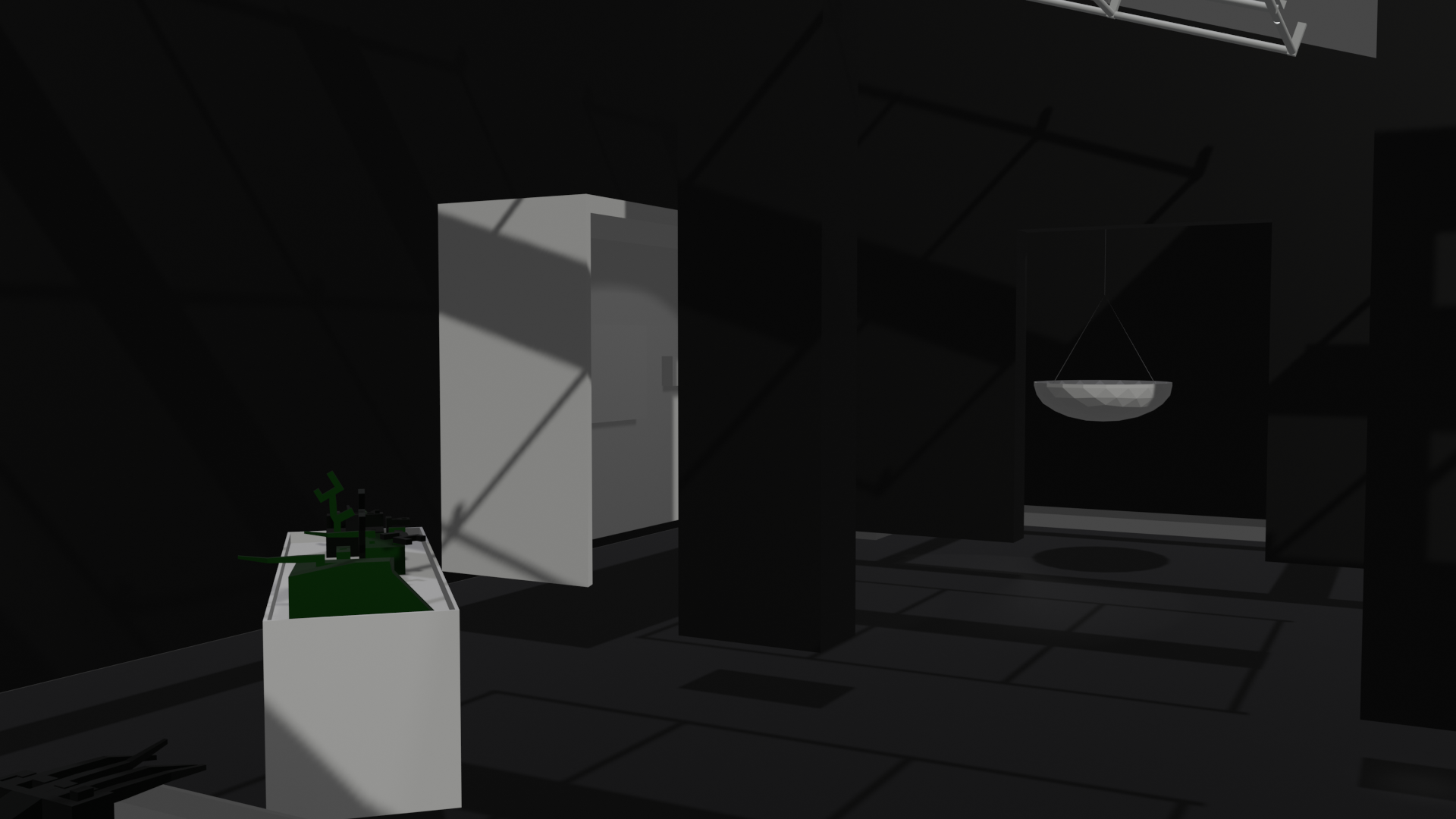
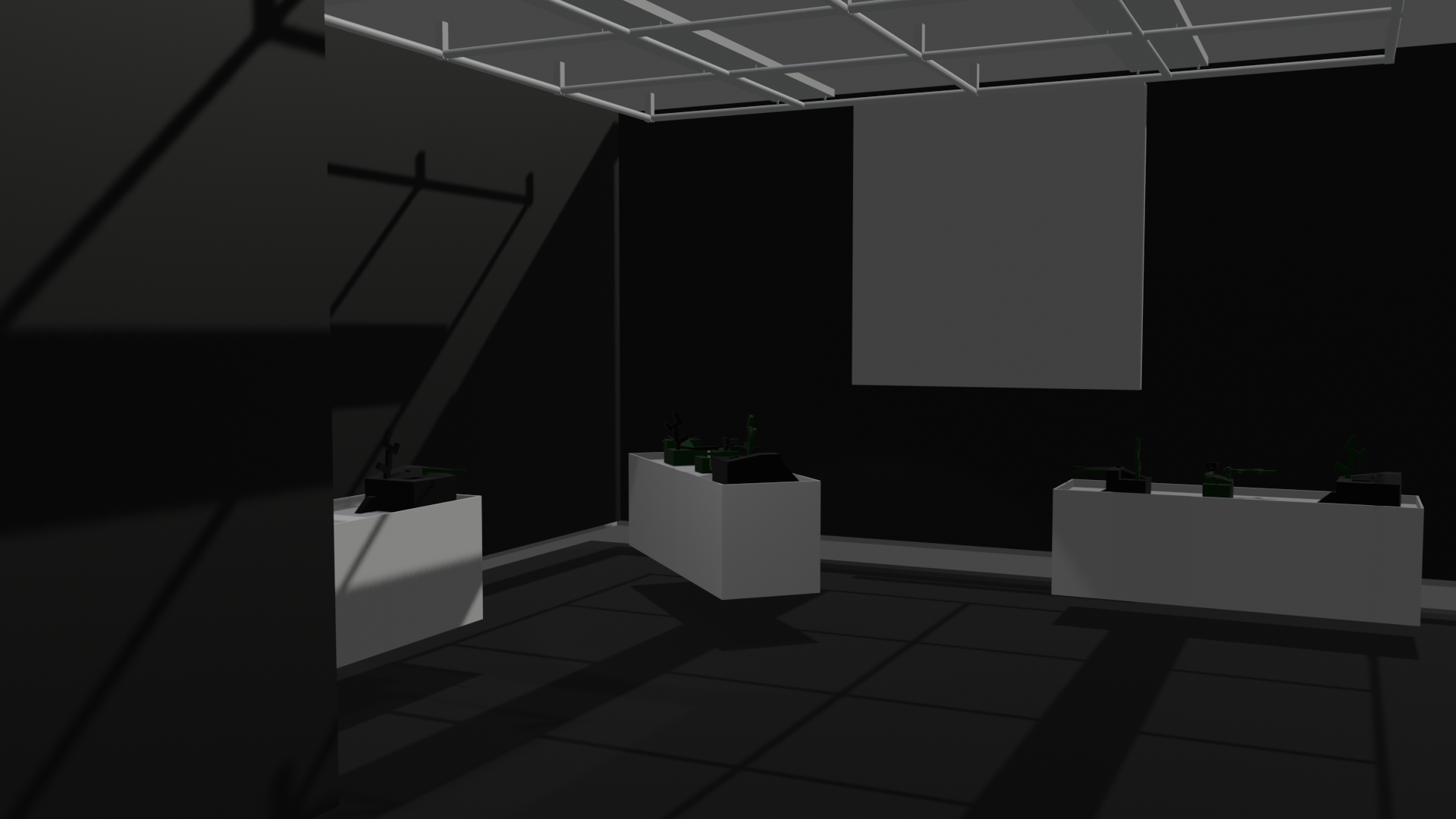
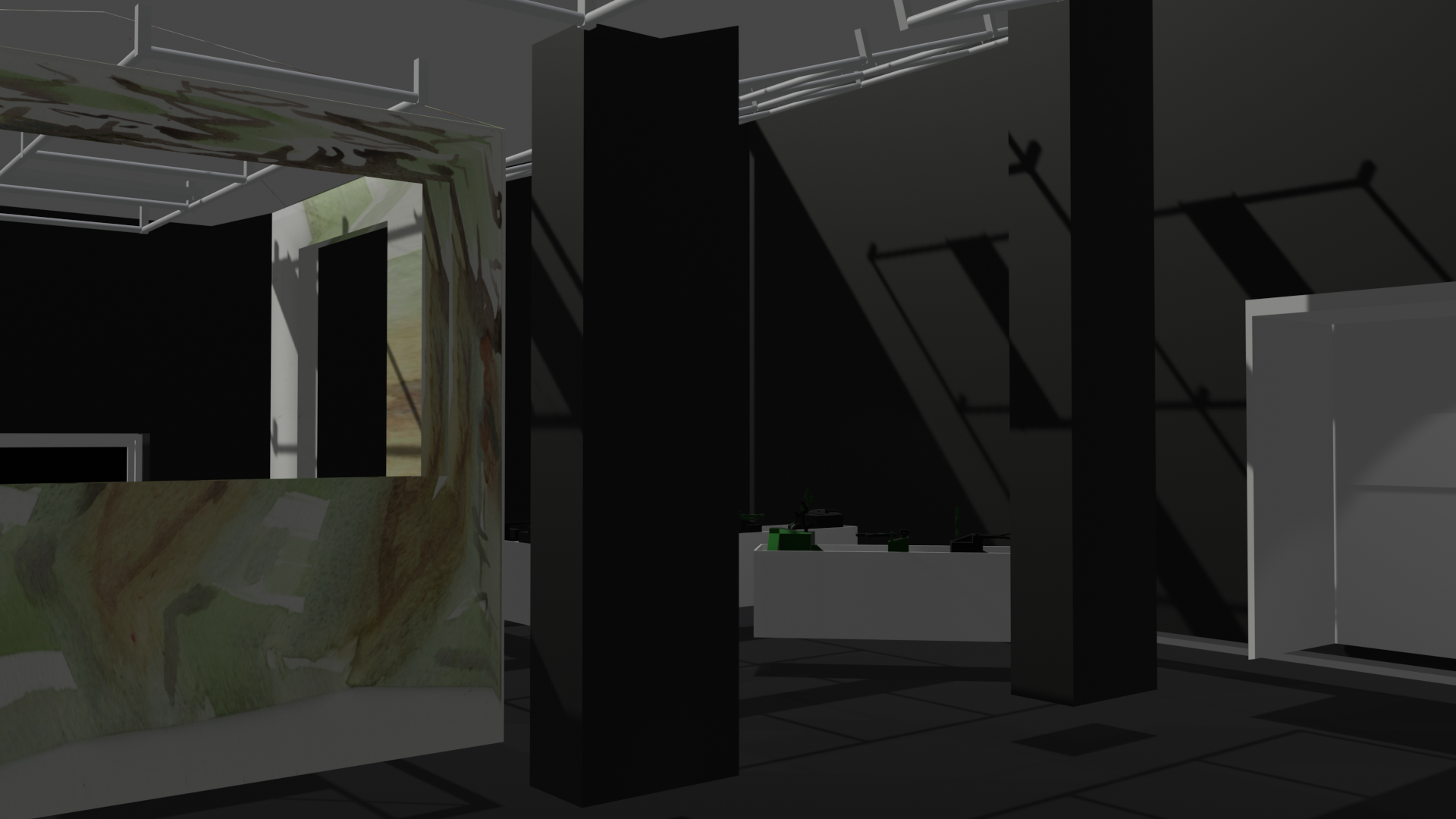
References
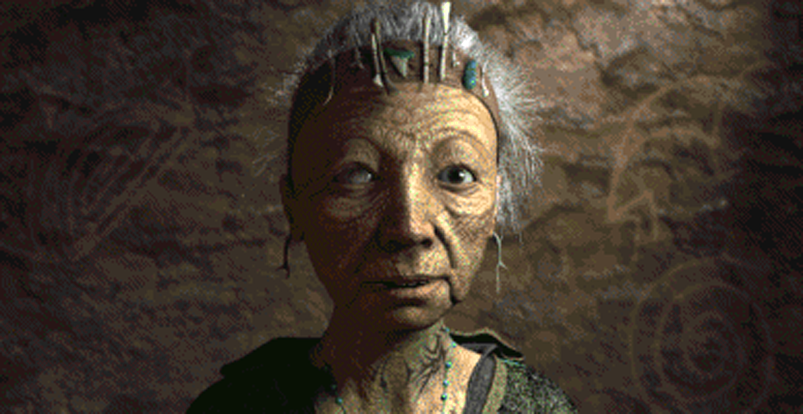
I have an ongoing reference map here
